The Queen’s strong sense of duty and overriding commitment to the nation as monarch for nearly three-quarters of a century earned her the love and respect of countless millions.
Stoical, composed, pragmatic, private and with an unshakeable Christian faith, she served on the throne with wholehearted dedication.
She was the Royal Family’s rock, untainted by its scandals and affairs, and her own personal popularity remained solid when the antics of others shook the House of Windsor.
Steadfast
Even after the divorces of three of her four children and the death of Diana, Princess of Wales, when the monarchy faced its gravest crisis since the abdication of Edward VIII, the Queen was a steadfast figure amid the turbulence which sometimes threatened to swamp her.
The Queen was very much at home in Scotland. Her mother’s family home was at Glamis in Angus and she maintained close connections with the county and wider region. She also had a deep affection for the privacy of her Aberdeenshire home, Balmoral, and the open spaces of Royal Deeside.
As a younger woman she was a regular worshipper at Meigle Church. One of her closest aides was the Earl of Airlie and she enjoyed sporting trips into the Angus glens towards Deeside and her highland hideaway at Balmoral.
She came to the throne as a rather shy 25-year-old, ruling over a nation that had lost much of its power in the world and an empire that was crumbling fast.
Yet, Elizabeth surprised many by emerging stronger than ever from the winds of change, steering the monarchy safely through an era of storm as well as calm.
She refused to be panicked as public weariness at the antics of some younger members of her family led to a deeply damaging collapse in popularity and threatened to undermine the old-fashioned values of stability, honesty and hard work embodied by the Queen.
Through trials and tribulations, the Queen never lost her overwhelming sense of duty to the nation and it repaid her with an appreciation that often stood in marked contrast to its view of other royals.
Values
The Queen recognised the worth of traditional values in a changing world – but refused to be bound by them.
As a long reigning constitutional monarch, her knowledge and professionalism were unparalleled.
Fifteen prime ministers served during her reign, from Sir Winston Churchill to Liz Truss.
She was Head of State, head of the armed forces, the Commonwealth and the Church of England, but also a wife, a mother of four, granny and great-granny.
Her whole world, family and daily surroundings were steeped in British history.
The Queen spent more than two-thirds of her life on the throne and in September 2015 at the age of 89, she became Britain’s longest-ever reigning monarch, overtaking her royal ancestor Queen Victoria.
Jubilees
Like Victoria, the Queen celebrated a Diamond Jubilee, becoming only the second British monarch to complete 60 years on the throne, and went on to be the first to reach her Sapphire Jubilee of 65 years.
She was the longest reigning still serving monarch in world – taking the title after the death of the revered Thai king Bhumibol Adulyadej in October 2016.
At her side throughout most of her reign was the Duke of Edinburgh – her outspoken confidant with whom she fell in love as a teenager when he was a handsome naval cadet.
Critics saw the Queen as remote, out of touch, less modern and less approachable than other European royals.
Supporters heralded her as a great British institution and deserving of respect.
Public adoration peaked during the Silver Jubilee of 1977, the Golden Jubilee of 2002 and Diamond Jubilee of 2012.
But the Queen’s 50th year on the throne in 2002 saw her suffer the devastating double blow of losing both the Queen Mother and Princess Margaret within weeks of one another.
With the death of her beloved mother, it was left to the Queen to take on the role as the Royal Family’s matriarch.
As monarch, she served as a focus of national pride through conflicts in which British servicemen paid the ultimate price in her name.
She was a figure of continuity as her country changed in the 20th century, through the millennium and in the 21st century, from new technological advances to a succession of British governments of different political persuasions.
During the Queen’s lifetime, penicillin was discovered, man landed on the Moon, Britain got its first woman prime minister and the internet was invented.
The public looked to the Queen in times of crisis or tragedy – September 11, the London bombings, the death of Diana.
After the princess was killed in a Paris car crash in 1997, millions of mourners were left wondering why the Queen took so long to speak publicly about the tragedy.
The royals were perceived as being unemotional and criticised for their reserve.
At the time, the Queen was doing her duty as a grandmother, consoling the heartbroken Princes William and Harry at Balmoral.
Aides acknowledged important lessons were learned in terms of what the public expected from the royals in times of grief.
Ironically, it was probably the Queen’s early recognition that the monarchy needed to be modernised as the traditional class barriers of British society were eroded that led to its later difficulties.
Soon after acceding the throne on the premature death of her beloved father, George VI, in 1952, she began to sweep aside some of the more open signs of class distinction and royal mystery.
The Queen introduced the idea of “walkabouts” – haphazard but happy meetings with people in the crowds thronging the streets around official visits – and refused to drop them despite security worries.
The annual “coming out” presentation of debutantes at Buckingham Palace was ended in 1958 and garden parties, receptions and lunches were extended to an ever wider cross-section of society.
Gone for ever was the long accepted idea that “society” was confined to the few people suitable for presentation at court.
A significant watershed – and probable beginning of the idea of the royals as soap opera – came in the late 1960s with the filming of the television documentary Royal Family.
Smashing viewing records around the world, it gave the first intimate glimpse of the Queen and her relatives at play as well as at work.
But it also whetted the appetite of a royal-crazy world for public revelations about long-protected private lives.
The prolonged silence observed by the press barons of the 1930s over the affair of Edward VIII, then Prince of Wales, and American divorcee Wallis Simpson became inconceivable as the media picked over the detail of every indiscretion of the modern-day royals.
If the Queen presided over a sea-change in the way the Royal Family was perceived, she also handled with great skill and statesmanship the massive social and political upheavals of the post-war world.
She helped steer the transition of the British Empire into a looser grouping of Commonwealth nations bound together by ties of friendship as well as tradition.
Many newly-independent states chose to drop her as Queen, but she undertook the titular role of Head of the Commonwealth and attached great importance to its work.
Like the 15 prime ministers who served her at home, dozens of Commonwealth heads of state drew on her great experience for help and advice, gathered over several decades of extensive overseas trips.
Princess Elizabeth Alexandra Mary arrived into the world at 2.40am on April 21 1926, at 17 Bruton Street in London’s Mayfair in the year of the General Strike.
Fair-haired and blue-eyed, the first child of the Duke and Duchess of York was a sensible soul who was educated at home by tutors and rather disliked maths.
The Princess, who was given the nickname Lilibet when she found Elizabeth difficult to pronounce, was bright, well-behaved, methodical and tidy.
London life
Her early life was sheltered. A secret trip on the London Underground and occasional trips on open-top double-decker buses brought much excitement.
She was born only third in line to the throne with little prospect of being crowned.
But the abdication of her uncle David, Edward VIII, in 1936 changed her destiny forever.
Elizabeth was just 10 when her father became King George VI, altering her future overnight and making her the heir presumptive.
But she showed no regrets, summing up her feelings in her “salad days” Silver Jubilee speech in 1977.
Pledge
“When I was 21, I pledged my life to the service of our people, and asked for God’s help to make that vow,” the Queen said.
“Although that vow was made in my salad days, when I was green in judgment, I do not regret nor retract one word of it.”
If Edward VIII had not stepped down from the throne for his love of Mrs Simpson, the young Princess Elizabeth might never have become Queen.
But the abdication crisis thrust her unwilling father – the King’s stammering younger brother, the Duke of York – into a public role he neither expected nor desired.
He was faced with the strain of rebuilding the monarchy’s shattered public image and leading the country through the trauma of the Second World War.
Duty
For Elizabeth, now a Queen in waiting, her duties began at the early age of 12 when she became president of the Children’s League of the Princess Elizabeth Hospital in Shadwell, east London.
The same year, she appeared in public in uniform for the first time when she and her younger sister, Princess Margaret, took the salute of 1,000 Girl Guides at Windsor.
She also started studying constitutional history and law, and became fluent in French.
After the outbreak of the Second World War, she delivered her first radio broadcast, speaking on Children’s Hour in 1940 aged 14.
“When peace comes, remember it will be for us, the children of today, to make the world of tomorrow a better and happier place,” she told youngsters in the UK and Commonwealth in a distinctive high-pitched voice.
In early 1942, when she was 15, she was appointed Colonel of the Grenadier Guards and took part in more public appearances.
Solidarity
During the war, Elizabeth and her sister retreated to the safety of Windsor, while the King and Queen spent the day at Buckingham Palace in solidarity with the people, returning to the castle to sleep in the evenings.
The Princess was in uniform before the end of the war when she joined the Auxiliary Territorial Service, following her parents’ lead by ensuring the Royal Family was closely identified with the war effort.
At the age of 18 in February 1945, she became No 230873 Second Subaltern Elizabeth Windsor.
She learned to drive and qualified in April 1945 and was promoted to Junior Commander.
Meanwhile, Elizabeth had already met the man she would marry and spend the rest of her life with – her dashing, blond-haired, blue- eyed, distant cousin, Prince Philip of Greece.
They had been present together on various occasions, including the wedding in 1934 of Philip’s cousin Princess Marina, later Duchess of Kent, to Princess Elizabeth’s uncle, Prince George, Duke of Kent, and at the coronation of George VI in 1937.
Romance
But it was at Dartmouth, when King George VI and Queen Elizabeth visited the naval college with their two daughters, that Philip, then 18, and the 13-year-old Elizabeth had their first publicised meeting in July 1939.
The good-looking, tall, athletic prince impressed Lilibet by jumping over the college tennis nets.
From that time they maintained a regular correspondence and met on several occasions.
Philip was the only son of Prince Andrew of Greece and Denmark and Princess Alice, daughter of the first Marquess of Milford Haven.
Both he and the Queen were great-great grandchildren of Queen Victoria.
He was invited to spend Christmas 1943 with the Royal Family at Windsor and by the end of the war newspapers were speculating about their relationship.
On VE day, May 8, 1945, Elizabeth stood proudly in uniform on the balcony of Buckingham Palace as a crowd, a quarter of a million strong, turned out to celebrate victory.
Later she and Margaret slipped into the throng unnoticed to experience scenes among ordinary people which left a lasting memory.
Half a century later the Queen joined her mother and Princess Margaret on the Palace balcony for the 50th anniversary of VE and VJ day as they had done in 1945.
In early 1947, Elizabeth accompanied her parents on a tour of South Africa, in the process becoming the first heir to the throne to celebrate a 21st birthday in a Commonwealth country.
In a radio broadcast to the Commonwealth, she made a poignant pledge: “I declare before you all that my whole life, whether it be long or short, shall be devoted to your service and the service of our great imperial family to which we all belong.
“But I shall not have strength to carry out this resolution alone unless you join in it with me, as I now invite you to do… God bless you all who are willing to share it.”
Engagement
It was shortly after the Princess returned from South Africa that her engagement to Prince Philip was formally announced.
It has been suggested that they became unofficially betrothed in the summer of 1946, but that the King and Queen were anxious to stop the young heir to the throne rushing into marriage.
Philip had applied for British nationality and become a naturalised British subject, renouncing his Greek royal title and taking the surname Mountbatten.
The couple married in Westminster Abbey on November 20, 1947 and the fairytale wedding brought the first splash of pageantry to post-war Britain.
Throughout their long married life, the pair – a love match – remained close confidants, at ease in each other’s company until the Duke’s death in April 2021, just short of his 100th birthday.
The photographs from the duke’s funeral at Windsor Castle were unforgettable. The Queen sat alone in a pew at the height of lockdown restrictions.
She retained her dignity and composure but the nation felt for a grieving widow and for once, she appeared lonely; an elderly woman separated for the man she had shared her life with.
The success of their relationship over 73 years of marriage was put down to their compatibility of character and their shared love of horses and the outdoor life.
The Queen was seen as passive, cautious and conventional, while the Duke more adventurous, tempestuous and active.
Their partnership was a traditional one – the Queen grew up in a world where it was the man who was in charge behind closed doors.
Within a year of marriage, they produced an heir to the throne.
Their first son, Charles Philip Arthur George, was born on November 14 1948, and their second child, Anne Elizabeth Alice Louise, on August 15, 1950.
The Princess was speaking from experience when she told the National Association for Maternity and Child Welfare in 1951: “Mothers are being shown the ancient truth that having a child is a beautiful and natural event which should not be made dark and ugly by the shadow of fear.”
In later years, her parenting came under scrutiny. The Queen and Prince Philip were accused of showing little affection or support to their children in their formative years.
The idea was dismissed by courtiers who saw the private lives of the Royal Family at close hand and in later years by their children themselves.
Contentious memoir
In 1950, the Princess faced her first betrayal by a royal servant when her former governess, Marion Crawford, known as Crawfie, wrote The Little Princesses, a memoir of her life looking after Elizabeth and Margaret.
Crawfie was never forgiven and was ostracised by the Royal Household.
A year earlier, the Duke resumed naval duties and the couple divided their time between Malta and Britain, giving them their only real taste of life as a relatively ordinary couple.
It was a blissful period for the Princess, who lived in Malta at several stages between 1949 and 1951.
She came as close to being a regular navy wife as she could and went to the local hairdressers, to parties and picnics and joined boat expeditions and swimming parties.
But King George VI’s health was failing and Elizabeth was needed at home to shoulder the burden of engagements and tours.
In July 1951, the couple returned home to Clarence House and it was announced that Philip would take up no more active naval appointments.
The King spent many hours offering his heir the tutelage for sovereignty denied to him in the abrupt departure from the throne of his brother.
John “Jock” Colville became Elizabeth’s private secretary and she stood in for her father on several occasions as his health began to fail.
In the autumn of 1951, a tour of Canada by the Princess and her husband was postponed as George VI underwent an operation. The couple flew to Montreal on October 8.
By the time they returned, on November 17, they had covered nearly 16,500 miles in Canada and the United States.
Canada
It was during this visit that they were photographed in cowboy costumes taking part in a square dance at Government House, Ottawa.
The deterioration in the King’s health was such that his planned visit to Australia and New Zealand in 1952 had to be taken over by his elder daughter and the Duke.
In January, the King took his family on an outing to the theatre on the eve of Elizabeth and Philip’s departure for Kenya for the first leg of the tour.
Death of the King
A week later, on February 6, George VI died.
It was Philip who broke the news of the King’s death to his wife while they were alone.
They had been staying at Sagana Lodge which had been given to them as a wedding present by the people of Kenya, resting after spending the night at the Treetops Hotel, in Aberdare Forest, watching big game.
At just 25, the new Queen was the same age as the first Elizabeth when she came to the throne.
She and the Duke of Edinburgh had been married for less than five years when their lives altered irrevocably.
As he heard the news, Philip looked as if “you’d dropped half the world on him”, according to one close aide. But Elizabeth was composed even at a time of such grief.
Lord Charteris, her then private secretary, recalled seeing the new Queen seated at her desk in the lodge shortly after being told the news.
Her cheeks were slightly flushed, but there were no tears. She was ready to fulfil the role for which she had been carefully groomed.
Asked what name she wished to use as Queen, she replied simply: “My own name, of course. Elizabeth.”
The tour was cancelled and the royal couple arrived home on February 7. Queen Mary was first to pay formal homage, kissing her granddaughter’s hand that afternoon.
The next day, February 8, Princess Elizabeth was formally proclaimed Queen.
She was crowned in Westminster Abbey on June 2 1953 – by coincidence the same day as a joyous nation learned that a Commonwealth team had conquered Mount Everest.
Through the blossoming new medium of television, the ceremony was relayed throughout the world.
Tens of thousands braved pouring rain to line the streets from Buckingham Palace and 20 million people around the country watched the event on television.
It captured the hearts and minds of a nation starved of pageantry by the war.
The Queen was crowned with the St Edward’s Crown and her coronation dress, by couturier Norman Hartnell, was a white satin gown encrusted with diamonds, gold and silver bullion, seed pearls and crystals.
Queen Elizabeth II had already made her first Christmas broadcast in 1952, telling the people of the Commonwealth and Empire, in a speech written in her own hand, that she would serve them “all the days of my life”.
At one with nation
The Queen’s public life developed as she shared in Britain’s moments of joy and distress.
When heavy flooding hit the east coast in January 1953, she and Philip drove from Sandringham to talk to victims and rescuers.
After her Coronation, the Queen made a nationwide tour visiting Scotland, Wales and Northern Ireland, and reviewed the Fleet and the RAF.
Commonwealth tour
She toured the Commonwealth, travelling 50,000 miles, after opening her second parliament in November 1953.
In 1955, the scandal surrounding Princess Margaret’s love life came to a head.
The Queen’s sister bowed to royal pressure and abandoned plans to marry the “unsuitable” divorced Group Captain Peter Townsend so she was not denied her place in the life of the Royal Family.
She eventually married Antony Armstrong-Jones, later Lord Snowdon, in 1960. They split in 1976 and later divorced.
Commonwealth premiers came to London for their first conference of her reign in 1955, but by April her own prime minister, Sir Winston Churchill, had resigned.
The day before he did so, the Queen dined for the first time at 10 Downing Street.
She enjoyed a close relationship with the great statesman and in 1965 broke with precedent by becoming the first sovereign to attend the state funeral of one of her subjects.
After Sir Winston, the Queen appointed 14 prime ministers: Sir Anthony Eden, Harold Macmillan, Sir Alec Douglas-Home, Edward Heath, Harold Wilson, James Callaghan, Margaret Thatcher, John Major, Tony Blair, Gordon Brown, David Cameron, Theresa May, Boris Johnson and Liz Truss.
The premiership of Boris Johnson was perhaps one of the more contentious. As stories of lockdown parties in Downing Street broke, it emerged that parties had been held in the building the night before the Duke of Edinburgh’s funeral.
Immediate contrasts were drawn between the Queen sitting alone in St George’s Chapel because of lockdown and partying by Downing Street staffers and politicians.
Partygate and Tories’ dismay at Johnson’s handling of the Chris Pincher affair led to a rebellion by ministers which forced the Prime Minister to announce his departure.
Boris Johnson travelled to Balmoral on September 6, 2022 to tender his resignation to the Queen.
Shortly after, Liz Truss arrived in Aberdeenshire where the Queen invited her to form a government. The Queen looked relaxed but had already cancelled her visit to Braemar Gathering the previous Saturday because of her mobility problems.
During her reign, the Queen circled the globe many times and visited all Commonwealth countries except Cameroon, which joined in 1995, and Rwanda, which joined in 2009.
As sovereign, she journeyed to in excess of 325 countries – including repeat trips – and was the first reigning sovereign to circumnavigate the world.
Aberfan criticism
In 1966, 116 children and 28 adults died when the Welsh mining village of Aberfan was engulfed in a sea of slurry from a slag heap.
The Queen was criticised for taking nine days to visit the scene and regretted her decision, even in later years.
Lord Charteris, the Queen’s former private secretary, once said when asked by royal biographer Gyles Brandreth if the Queen ever felt she had put a foot wrong: “Aberfan. She got that wrong and she knows it.”
He added: “She is not a spontaneous person and she is not given to emotional gestures.”
She was the first British monarch to have set foot on Russian soil – where her ancestors, the Romanovs, were murdered – in 1994, and the first British monarch to travel to mainland China.
She made her first visit to Ireland in May 2011, becoming the first British monarch to travel to the Republic in 100 years and the first since the nation gained independence from Britain.
This paved the way for a watershed moment in Anglo-Irish relations a year later, when during trip to Northern Ireland in June 2012, the Queen shook hands with Sinn Fein’s Martin McGuinness.
The symbolic encounter between the former IRA commander and the Queen would have been unthinkable even 10 years earlier.
She was forced to put aside sad memories of her own family’s suffering during the Troubles.
The IRA murdered her second cousin-once-removed, Lord Mountbatten, who was also Philip’s uncle, in a bombing on his boat in County Sligo in 1979 which also killed his grandson Nicholas Knatchbull, Nicholas’s grandmother Lady Brabourne and Paul Maxwell, a 15-year-old boy who worked on the boat.
Each year, the Queen would undertake a huge number of engagements, totalling 332 in the UK in 2016 when she turned 90, and she remained patron or president of over 600 organisations.
Sometimes the strenuous succession of state occasions and visits at home and overseas led to concern about the Queen’s health, particularly during a Canadian visit in the late summer of 1959.
Birth of Prince Andrew
But this time there was cause – the Queen was expecting her third child, and on February 19 1960, Andrew Albert Christian Edward was born at Buckingham Palace.
The Queen’s fourth child, Edward Anthony Richard Louis, was born at the Palace on March 10 1964.
Although she was taught by a governess, the Queen was determined that her children should get the widest possible education.
Prince Charles went to preparatory school at Cheam, then Gordonstoun and Cambridge University. He also travelled extensively throughout the Commonwealth and served in the Royal Air Force and Royal Navy.
Princess Anne attended Benenden public school and, with the encouragement of her parents, took part in equestrian competitions at international level, including the Olympic Games.
Prince Andrew and Prince Edward both went to Gordonstoun and spent terms overseas – Andrew at Lakefield College School in Canada, and Edward at Wanganui Collegiate School in New Zealand. Prince Edward also studied at Jesus College, Oxford.
Anne was the first of the Queen’s children to marry when in 1973 she wed commoner and horseman Lieutenant (later Captain) Mark Phillips, of the Queen’s Dragoon Guards.
Their courtship – like that of the Prince of Wales six years later – was surrounded by intense Press interest and speculation.
Captain Phillips controversially decided not to take a title and played almost no part in royal duties.
If there had ever been the slightest doubt about the Queen’s place in the hearts of her people, it was banished during her Silver Jubilee celebrations in 1977.
Record crowds cheered her wherever she went, and the thousands of street parties and firework displays throughout the land seemed to show a national community spirit that many had thought gone for ever.
The same year saw the birth of the Queen’s first grandchild, Peter, born to Anne and Captain Phillips. He was the first grandchild of a ruling sovereign for five centuries to be born with a commoner as father.
Divorce
The Princess’s relationship with Captain Phillips, which also produced grand-daughter Zara in 1981, finally ended in divorce in 1992.
Princess Anne was at the centre of a dramatic incident in 1974 which focused attention on the growing security threats to the Royal Family at a time of increased world terrorism.
A man tried to kidnap her in The Mall, shooting her bodyguard, another policeman, her driver and a journalist.
In 1981 the Queen herself was the target of a shooting incident in The Mall, as millions of tourists and television viewers watched her ride to the Trooping the Colour ceremony.
A 17-year-old unemployed youth, said to have vowed to become “the most famous teenager in the world”, fired blanks at her and was immediately arrested in the crowd.
A month earlier, the IRA claimed responsibility for a bomb blast which damaged a boiler at the Sullom Voe oil terminal on Shetland while the Queen was officially opening it.
The IRA struck at the Royal Family in 1979 when Lord Mountbatten – “Uncle Dickie” – was killed with three others by a bomb blast on board his small boat off the Irish Republic.
Security
The Queen rejected talk about surrounding her with an American-style security net of ostentatiously-armed men and bullet-proof cars. She insisted that she must see and be seen by her people.
She kept firmly to this view, despite having the inadequacy of the existing security measures proved to her in an incident in 1982 which shocked the nation.
Intruder Michael Fagan not only climbed the wall of Buckingham Palace, as many had done before him, but succeeded in getting into the Palace itself and the Queen’s bedroom.
The Queen made two telephone calls to the Palace’s own police station while keeping the intruder talking for 10 minutes, but officers did not arrive until after the man had been escorted away by the Queen’s staff.
Two years later, in 1984, the Queen experienced the ultimate in security protection when she paid a state visit to Jordan – and saw thousands of armed troops wherever she went.
The Queen was uneasy with the tinted glass of her bullet-proof Mercedes hiding her from view. On hearing that children of British residents were left in tears because they had not seen her, she bewildered soldiers by arranging a special walkabout.
Security was not the only threat posed by a changing world to the stability of the Royal Family.
It was the turbulent private lives of her family, so often played out on a public stage, which were no doubt the main source of concern to the Queen over the decades.
In 1981, the Prince of Wales captivated the nation with his marriage to 19-year-old Lady Diana Spencer.
With his Princess at his side, Charles raised royal popularity across the world to new heights.
Eleven months after their spectacular wedding, an heir, Prince William, was born followed two years later by Prince Harry, the “spare”.
In 1986 – the year the Queen turned 60 – Prince Andrew married the vivacious Sarah Ferguson and the couple became the Duke and Duchess of York, rivalling even the Waleses in popularity.
The Queen’s fifth grandchild, Beatrice, was born to them in 1988 and her sixth, Eugenie, in 1990.
Princess Diana and the Duchess of York, nicknamed “Fergie”, added glamour and a breath of fresh air to conventional, stuffy royal circles.
The Queen saw Diana mania reach unparalleled heights as the clamouring for royal gossip hit fever pitch.
And gossip was exactly what the public got when the two marriages collapsed amid great scandal.
Behind the scenes, Charles was having an affair with his former mistress Camilla Parker Bowles and Diana had turned to cavalry officer James Hewitt.
The year 1992 marked the Queen’s 40th year on the throne – a celebration which should have been the focal point.
An “Elizabeth R” documentary was filmed to mark the anniversary of her accession and revealed her sense of fun, which the public had rarely seen before, as well as underlining her deep sense of duty.
“I didn’t have an apprenticeship, my father died much too young. It was all a very sudden kind of taking on and making the best job you can,” she said.
“It is a question of maturing into something one has got used to doing and accepting the fact that here you are and that is your fate, because I think continuity is very important. It is a job for life.”
No abdication
That dedication to duty had made her determined not to bow to pressure from some quarters during the late-1980s to abdicate in favour of the Prince of Wales – a determination she eventually felt compelled to spell out in her Christmas Message of 1991, when she pledged to continue to serve.
But by the end of 1992, the year had famously become the Queen’s “Annus Horribilis”.
The War of the Waleses went from bad to worse.
The Princess collaborated with Andrew Morton on his explosive book Diana – Her True Story, which catalogued her unhappy marriage.
Tape recordings of an intimate conversation, dubbed “Squidgygate”, between Diana and admirer James Gilbey added fuel to the fire.
Embarrassment
Then came another bombshell – Camillagate. An excruciatingly embarrassing tape of an intimate conversation between Charles and Mrs Parker Bowles found its way into the papers.
With the Waleses at loggerheads, Prime Minister John Major announced in December that Charles and Diana were to separate.
Andrew had separated from the Duchess of York in March, and in August, Fergie was pictured having her toes sucked in the south of France by her Texan “financial adviser” John Bryan.
Publicly humiliated, she effectively left the Royal Family in August 1992.
The combined effect of these revelations and the earlier divorce of Princess Anne and Captain Phillips shook the Royal Family to the core.
The Queen did her best to hold the family together in the face of almost insurmountable problems. Then amid it all, came the fire at Windsor Castle.
The Queen was pictured in her raincoat, grimly surveying the devastation at her beloved royal residence.
The blaze was thought to have been started by a spotlight shining on a curtain and caused £40 million of damage.
Public opinion turned against the royals amid fears that taxpayers would have to foot the bill for the repairs.
Tax commitment
The Queen made the historic announcement that she would pay tax on her income and cut down the size of the Civil List.
She took the decision to open Buckingham Palace to the paying public for the first time to help pay for the restoration.
At the end of the year, the Queen, in a speech unprecedented in its tone, told VIP guests at a Corporation of London Guildhall luncheon to mark her 40th year on the throne: “1992 is not a year on which I shall look back with undiluted pleasure.
“In the words of one of my more sympathetic correspondents, it has turned out to be an ‘Annus Horribilis’. I suspect that I am not alone in thinking it so.”
But there was more trouble in the coming years as Charles and Diana did the un-royal thing by talking publicly about private matters.
In 1994, the Prince admitted adultery on national television as he spoke to his biographer, Jonathan Dimbleby.
He did not name Camilla as his mistress, but made a public pledge of loyalty to their friendship.
Interview
Diana subsequently went on Panorama to give a television interview to say there were three people in her marriage.
In December 1995, the Queen urged them to divorce and in August 1996, they finally did.
Less than a year later came Diana’s shocking death in a high-speed car crash.
As the nation responded with an outpouring of grief, the monarchy faced one of its most difficult times.
The mourning public waited for the royals to grieve with them and were left wondering why the Queen, who was at Balmoral consoling her grandsons Princes William and Harry, took so long to speak publicly about the tragedy.
Finally, the Queen returned to London and addressed the nation on television.
Royal popularity recovered, however, when millions turned out to mark her Golden Jubilee in 2002 which almost matched the enthusiastic public response to her Silver Jubilee 25 years earlier. It came two years after celebrations to mark the Queen Mother’s 100th birthday in 2000.
Commemorations for the Queen’s 50 years on the throne were a triumph despite being predicted as a flop. But it took place amid great personal sorrow.
In the space of just seven weeks in 2002, the Queen had lost her younger sister Margaret and then her 101-year-old mother, the Queen Mother.
A lifetime on the throne taught the Queen the art of composure and she kept her feelings well hidden.
Yet, on rare occasions, she has been unable to contain the depth of her sadness
Just months after the Queen Mother died, tears rolled down the Queen’s cheeks when she took on her late mother’s role at the poignant opening of the Field of Remembrance at Westminster Abbey in 2002.
That November, the Queen’s rollercoaster year took another turn. She became surprisingly involved in the collapse of the high-profile trial of royal butler Paul Burrell.
The Old Bailey heard the revelation that the Queen had new information which destroyed the case against him.
In an unprecedented development he was cleared of stealing hundreds of items from Princess Diana’s estate, when it emerged that he had informed the Queen, shortly after the Princess died, that he had taken some of her papers for safe-keeping. A delighted Burrell declared: “The Queen came through for me.”
The Queen, who had been in Canada at the start of the trial, was said to have been unaware of the prosecution case, and only realised the significance of her meeting with Burrell on returning to Britain.
The legal principle that the monarch cannot be compelled to give evidence in her own courts was the final blow to the Crown’s case.
Scoop
The Queen was well used to Press intrusion into her family’s life, but no incident surprised courtiers more than the Daily Mirror’s scoop in 2003.
A reporter from the newspaper sent shockwaves through Buckingham Palace when he managed to get a job as a footman in the run-up to US President George Bush’s state visit.
Inside details of Palace life including photographs of Tupperware containers on the Queen’s breakfast table, appeared in the paper.
The Queen’s lawyers won a High Court order blocking the newspaper from revealing more details about the household and royal security faced a widespread review in the wake of the scandal.
In 2005 Charles and his former mistress Camilla married.
The wedding date and venue was set and switched amid a multitude of problems.
The couple had a civil ceremony, but the Queen did not attend.
As head of the Church of England, the monarch decided to miss the non-religious nuptials, but did attend the blessing at Windsor’s St George’s Chapel afterwards.
The move was branded a snub, but aides insisted this was not the case.
On April 9 2005 – Grand National day – Charles finally wed Camilla and the Queen paid a poignant tribute to them.
In a witty speech, she likened the obstacles they faced to fences in the famous race and said she was happy to welcome her son and the woman he loved into the winner’s enclosure.
As the new Duchess of Cornwall, Camilla was now joining the Queen and the rest of the royals at public family appearances – something that would have been inconceivable in the years before.
The Queen’s 80th birthday was celebrated publicly and privately throughout 2006, finishing with a summer cruise with her family around the Western Isles of Scotland.
At a lunch for people born on the same day as her, the Queen’s voice wavered slightly with emotion as she spoke about the support she had received over the years.
“I doubt whether any of us would say the last 80 years has been plain sailing, but we can give thanks for our health and happiness, the support we receive from our families and friends, some wonderful memories and the excitement each new day brings,” she said.
The Queen was by now grandmother to eight following the birth of Viscount Severn to the Earl and Countess of Wessex – a much longed for sibling for their eldest child, Lady Louise Windsor Windsor.
Sophie married Edward in 1999 and, despite being caught in a newspaper sting by a fake sheikh, remained close to her mother-in-law.
In December 2010, the Queen’s first great-grandchild, Savannah Phillips, was born to Peter Phillips and his wife Autumn, followed by her second in her Diamond Jubilee year of 2012 with the birth of the Phillips’ second child, Isla.
In April 2011, the Queen witnessed grandson and future king William marry his former university housemate Kate Middleton at Westminster Abbey as millions joined in celebrating the royal wedding.
The monarchy was given a boost with the next generation of royals, the new Duke and Duchess of Cambridge, enchanting people across the world.
In 2012, the Royal Family, including the newest recruit Kate, were out in force for the Queen’s Diamond Jubilee.
Celebrations included a river pageant of 1,000 boats down the Thames, a Jubilee pop concert in front of Buckingham Palace and a traditional service of thanksgiving at St Paul’s Cathedral.
Beacons were lit across the country and street parties held in honour of the Queen’s 60 years on the throne.
The festivities were tinged with sadness though when the Duke of Edinburgh, then 90, was forced to miss the majority of the events.
He was admitted to hospital after falling ill with a bladder infection, not long after enduring the wet and windy trip along the Thames during the pageant.
Philip’s absence was a touching reminder of how much the monarch depended on having her husband of then 65 years at her side.
In 2013, she was introduced to a new king in waiting when she met great-grandson Prince George of Cambridge – William and Kate’s firstborn son.
Not since Queen Victoria’s day had a still-serving monarch met a great-grandchild born in direct succession to the crown. 2015 saw the arrival of the Cambridges’ daughter Princess Charlotte – the Queen’s fifth great-grandchild, followed by Louis in 2018.
Milestone
The same year, the Queen passed Victoria’s milestone to become the nation’s longest reigning monarch on September 9, 2015, having reigned for 23,226 days, 16 hours and 30 minutes.
Although the Queen had initially intended to spend the day privately at Balmoral, she was persuaded to open the Borders Railway in Tweedbank to mark the occasion.
In typically modest fashion, she admitted in her speech that the royal record was ‘’not one to which I have ever aspired’’ and added: “Inevitably a long life can pass by many milestones. My own is no exception.”
Her 90th in 2016 was marked in public and private with a walkabout, beacon lighting and a black tie dinner for family and friends in Windsor on her actual birthday and a weekend of national celebrations including a party on The Mall for her official birthday in June.
She reached the 65th year of her accession to the throne – a rare Sapphire Jubilee – in February 2017 – but this milestone on the anniversary of her father’s death was spent privately at Sandringham.
In 2022 the Platinum Jubilee celebrated 70 years on the throne and was culminated with a procession in The Mall, London, attended by hundreds of thousands of people.
Smaller events and street parties were held across the United Kingdom and beacons were lit in the Queen’s honour.
Communities across Scotland came together to demonstrate their affection for the monarch with celebrations taking place in Dingwall, Dundee, Tarland, Perth, Braemar, Inverurie, Aberdeen, Angus and Fife.
The Queen was one of the most famous faces on the planet, recognisable by her brimmed hats, her grey curled hair, brightly coloured coats and pristine white gloves.
Her look was traditional and stayed almost the same for decades.
Witty, a good mimic and skilled in the art of the comic pause, the Queen had an iPod, a mobile and was a fan of The Bill, EastEnders and Doctor Who.
The world was given a surprise insight into her comic timing and her sense of humour in 2012 when the Queen made a show stealing cameo appearance in Danny Boyle’s London Olympics opening ceremony.
In pre-recorded footage, James Bond, played by Daniel Craig, called on the Palace where the monarch, who was sitting at her writing desk, made him wait before greeting him with the words “Good evening, Mr Bond.”
They walked together, corgis beside them, towards a helicopter and set off, flying over London to the Olympic stadium. The scene concluded with a stunt double of the Queen parachuting live into the arena.
Seconds later the real Queen, wearing the same peach dress as she did in the filmed sequence, entered the stadium to rapturous applause.
The Queen’s financial and property holdings made her one of the world’s richest women, although most was not her personal money.
The Crown Jewels, the Royal Collection’s works of art and residences are held in trust for successors and the nation.
She loved horses, racing and will be forever associated with the short-legged dogs corgis.
She even introduced a new breed of dog – the dorgi – after one of her corgis mated with Princess Margaret’s dachshund Pipkin.
The Queen was often seen at her most “human” when she was with animals, especially horses.
From the earliest recorded days of the turf, the Royal Family has raced horses.
The Queen maintained studs at Wolferton and Sandringham in Norfolk and Polhampton in Hampshire, accumulating a vast knowledge of horses and racing over many years.
Her own racing string was started when the Aga Khan gave her a filly foal by Turkham out of Hastra as a wedding present.
Racing colours
She named it Astrakhan, and registered her colours as scarlet, purple-hooped sleeves and black cap.
When she became Queen, her horses raced under the royal colours of purple, gold braid, scarlet sleeves and black velvet cap with gold fringe,
She was a familiar figure at the races, especially at the fashionable Epsom Derby and Royal Ascot.
Private homes
Her constant refuge in good times and bad were her two private homes, Balmoral, and Sandringham House in Norfolk.
Sandringham, acquired by Edward VII, was a home of childhood memories. It was where she traditionally retreated over Christmas and New Year and, under her guidance, was also turned into a profitable farm.
Balmoral, rebuilt by Queen Victoria, was the setting for the long family summer holidays and perfect for picnicking and enjoying the fresh air.
The Queen once said: “All the children like it, all the grandchildren like it and they sense the freedom there, I think, too. You can go out for miles and never see anybody, you can walk or ride – it has endless possibilities.”
It was Balmoral where the Queen learned of the “no” victory in the Scottish independence referendum in 2014. Such was her relief that the United Kingdom had escaped being broken up that according to Prime Minister David Cameron she “purred down the line” to him when he rang to tell her the good news.
Government
She was known to favour simplicity in court life and took a serious and informed interest in government business.
The Queen kept the numbers of her trusted advisers to a minimum and liked to work face to face.
She was not demonstrative and emotion was not something she showed easily in public.
But her eyes would brighten on seeing her husband, whose flattering comments to his wife would still provoke a delighted smile even after many years of marriage.
The Duke of Edinburgh was always there for his wife, but could also be relied on by the public to say something he shouldn’t.
Opinionated, contentious, frank and fun, Philip was the Queen’s confidant.
In a speech to celebrate their golden wedding anniversary in 1997, she paid a warm tribute to him, saying: “He has, quite simply, been my strength and stay all these years.”
Return to Malta
The Queen and Philip celebrated their diamond wedding anniversary in 2007 and even ventured back to Malta where they had lived as a young couple.
Despite all that was known about Elizabeth II, she remained something of a mystery.
She never gave a proper interview, but did occasionally allow cameras into her homes.
Her broad smile would light up a room, but the frostiness of her frown was a sight to behold.
Well into her twilight years, she carried out her official tasks dutifully.
She came to the throne a young mother of 25, but rose to the challenge with characteristic determination, dignity and skill.
She gave her life to her country without fuss or grumbling, became Britain’s longest-serving monarch and was unprecedented in her knowledge and professionalism.
Despite all of her family’s ups and downs, her reign as monarch was consistent and dependable and her dedication unwavering.
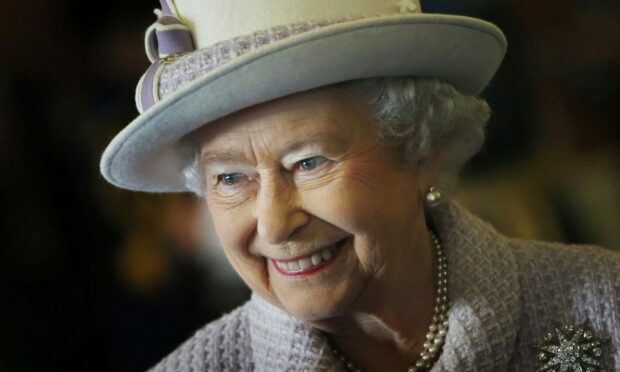
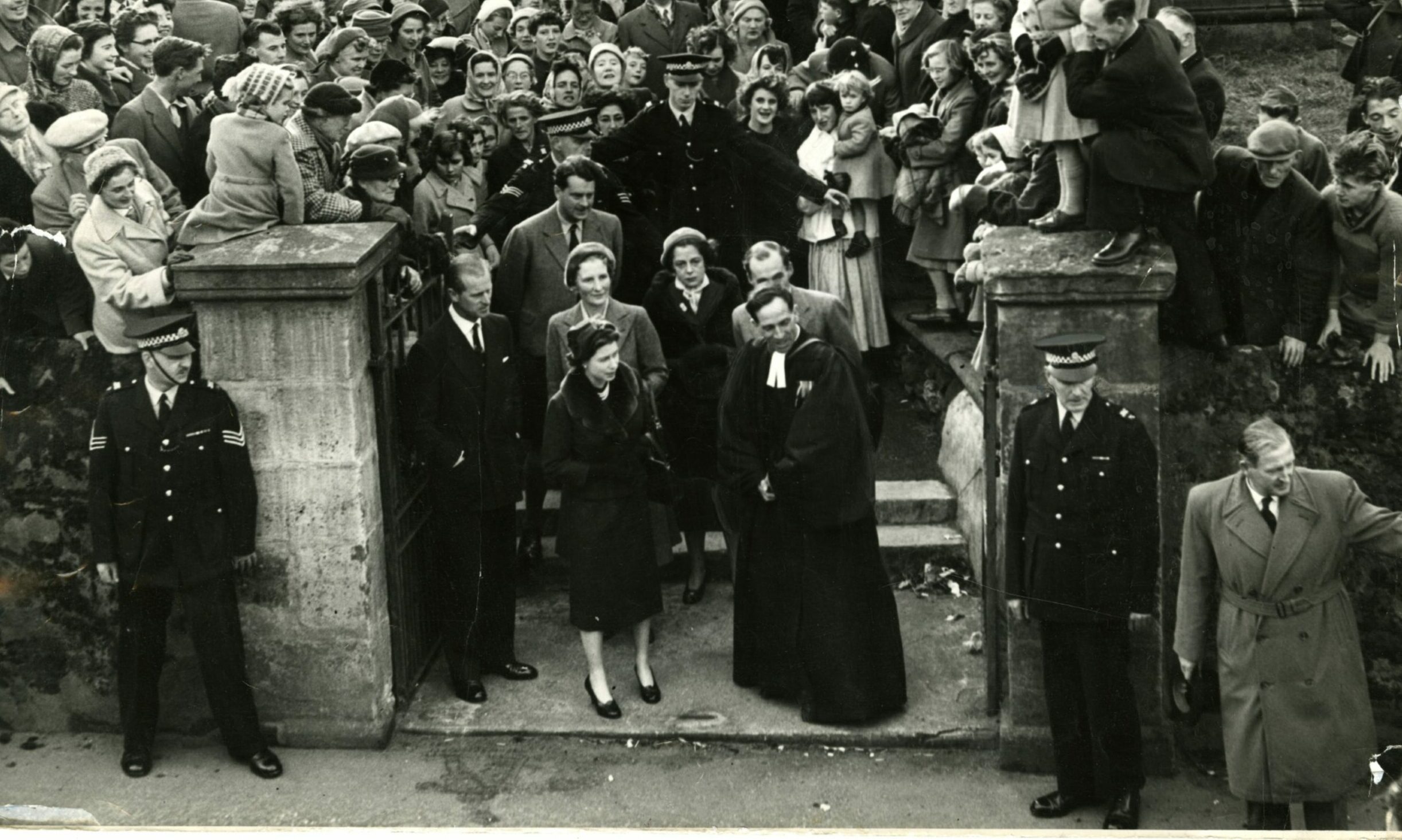
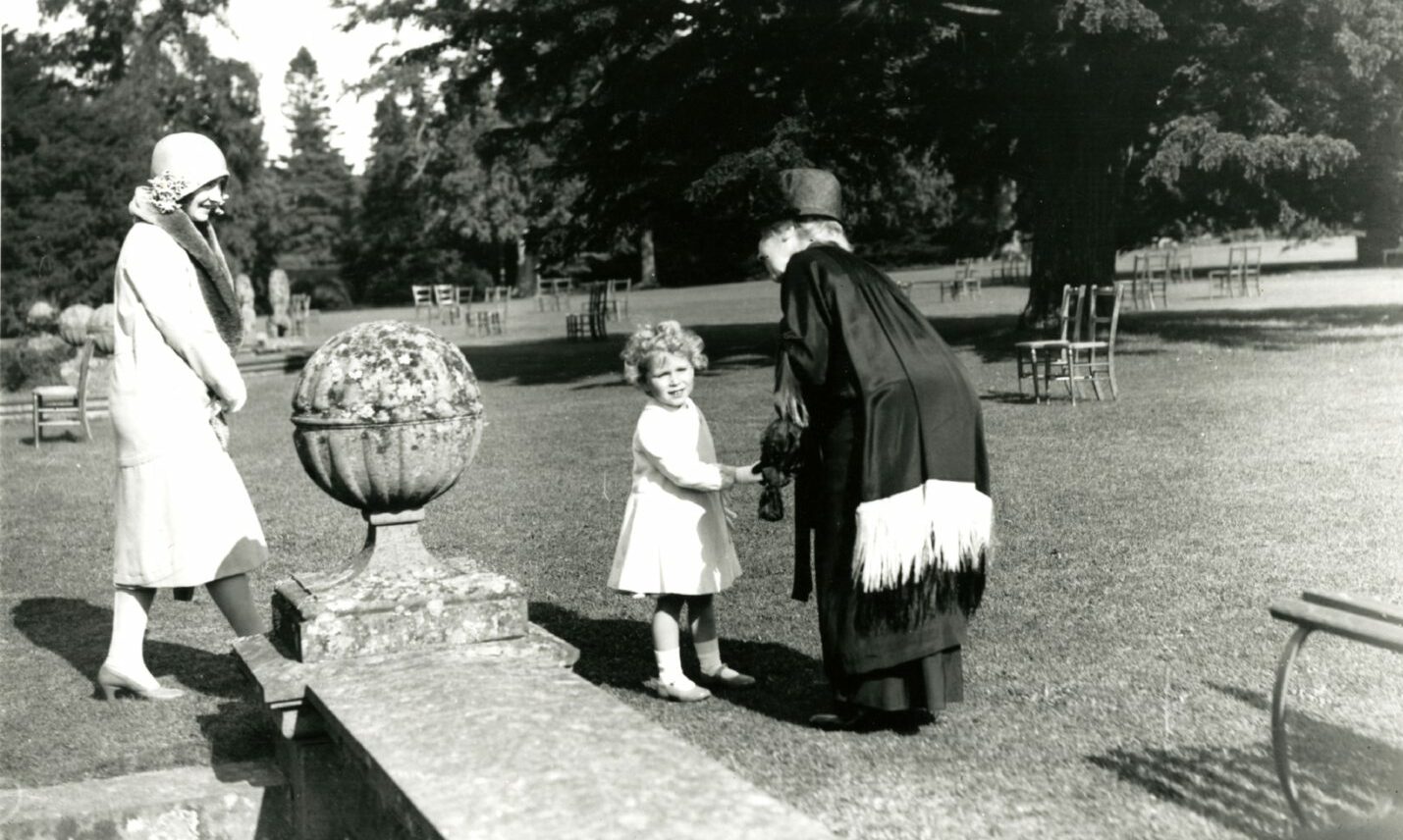

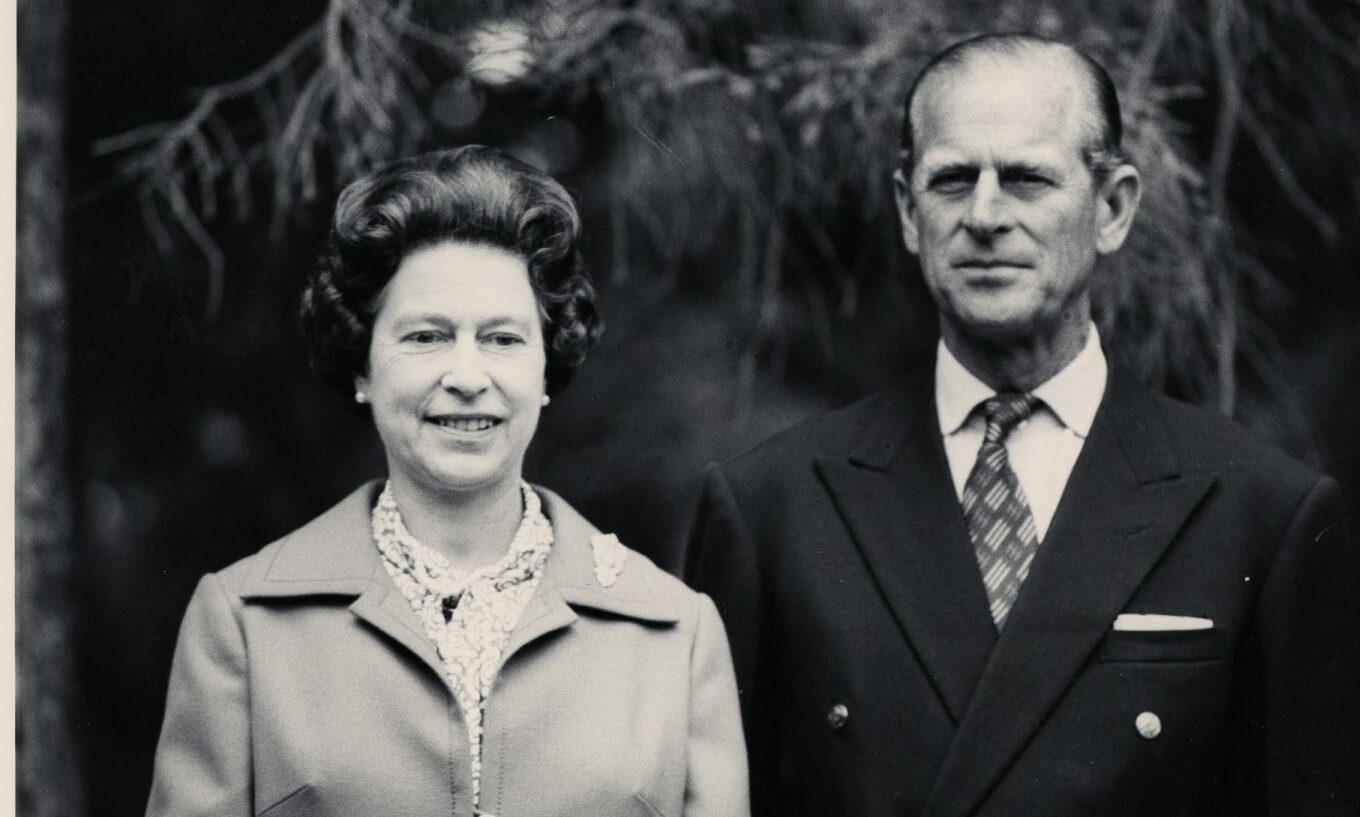
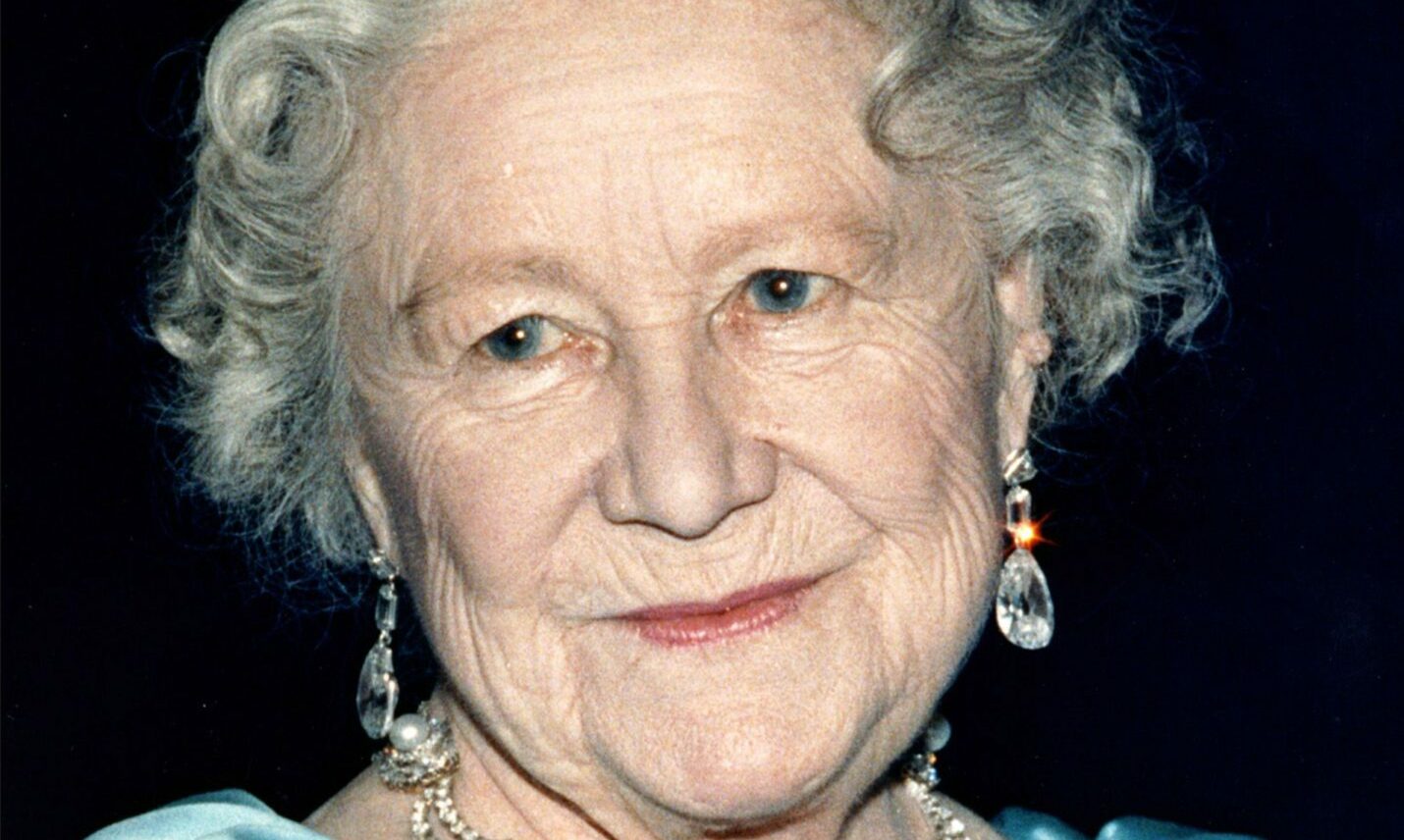
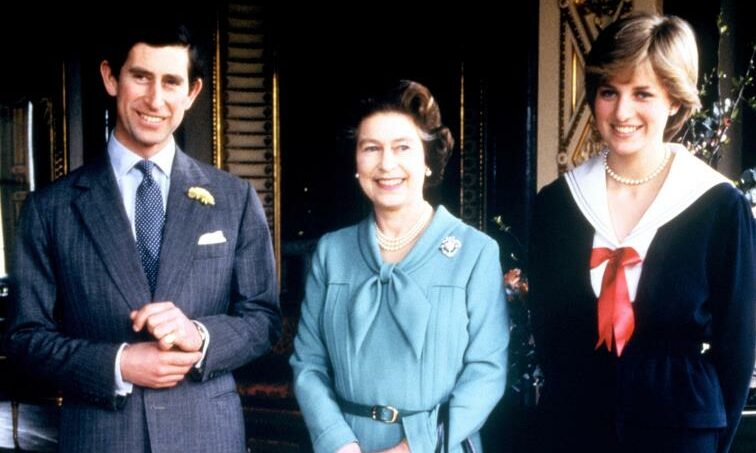
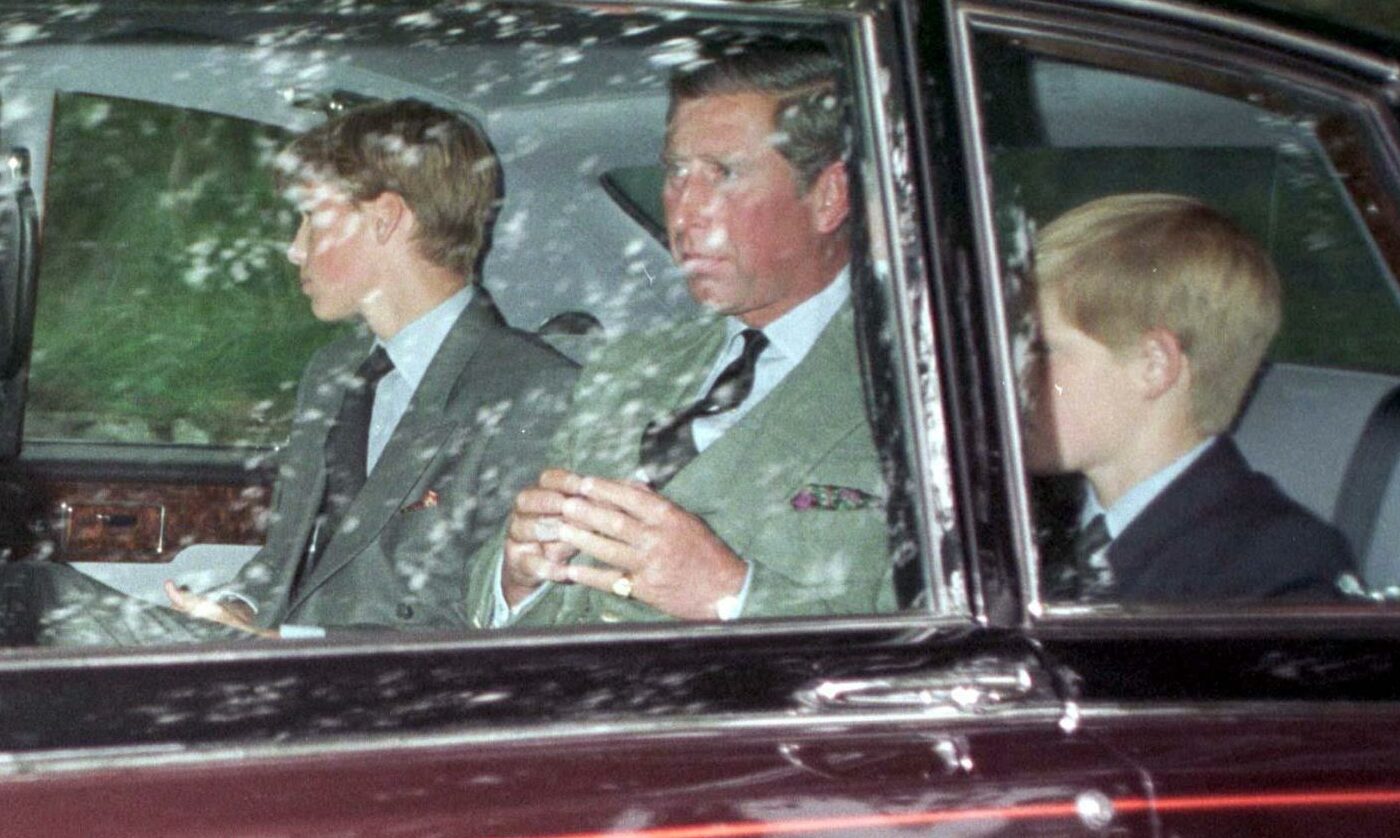
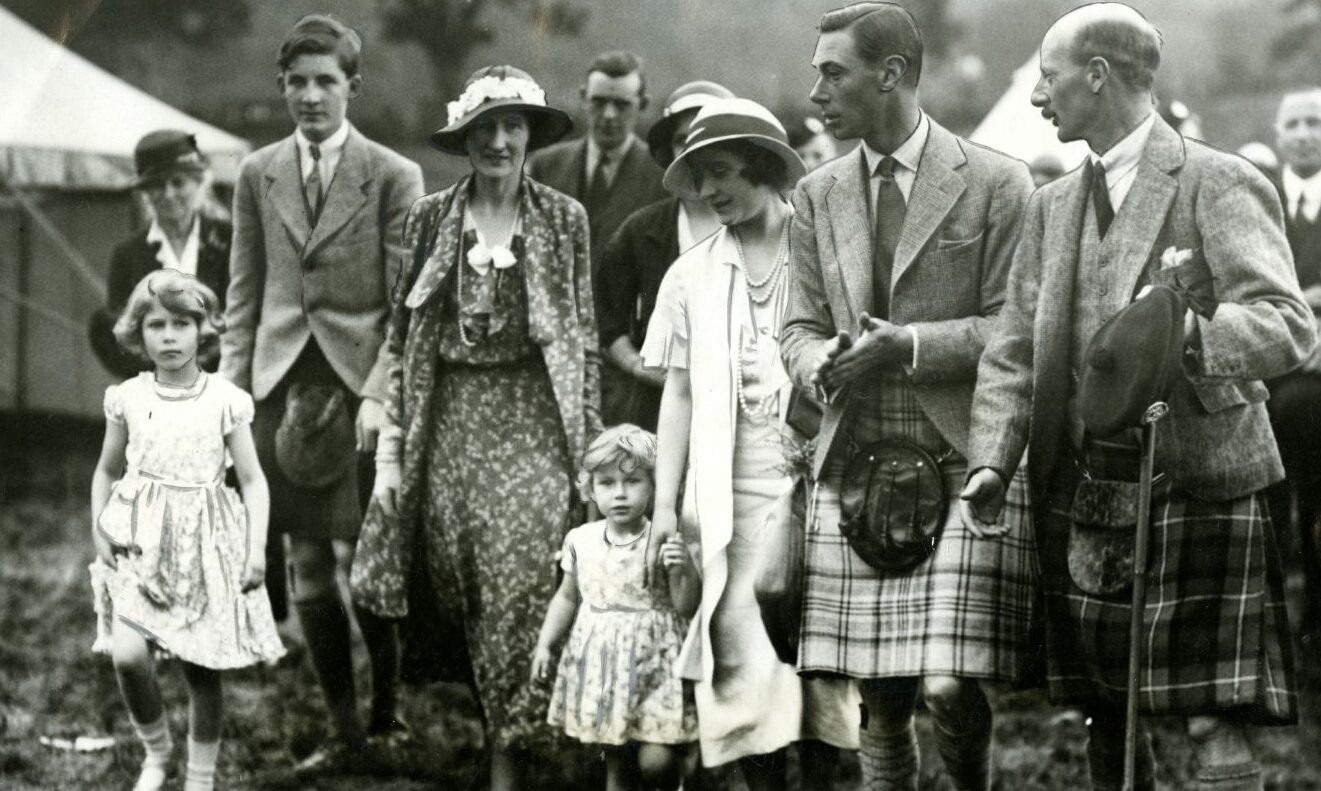
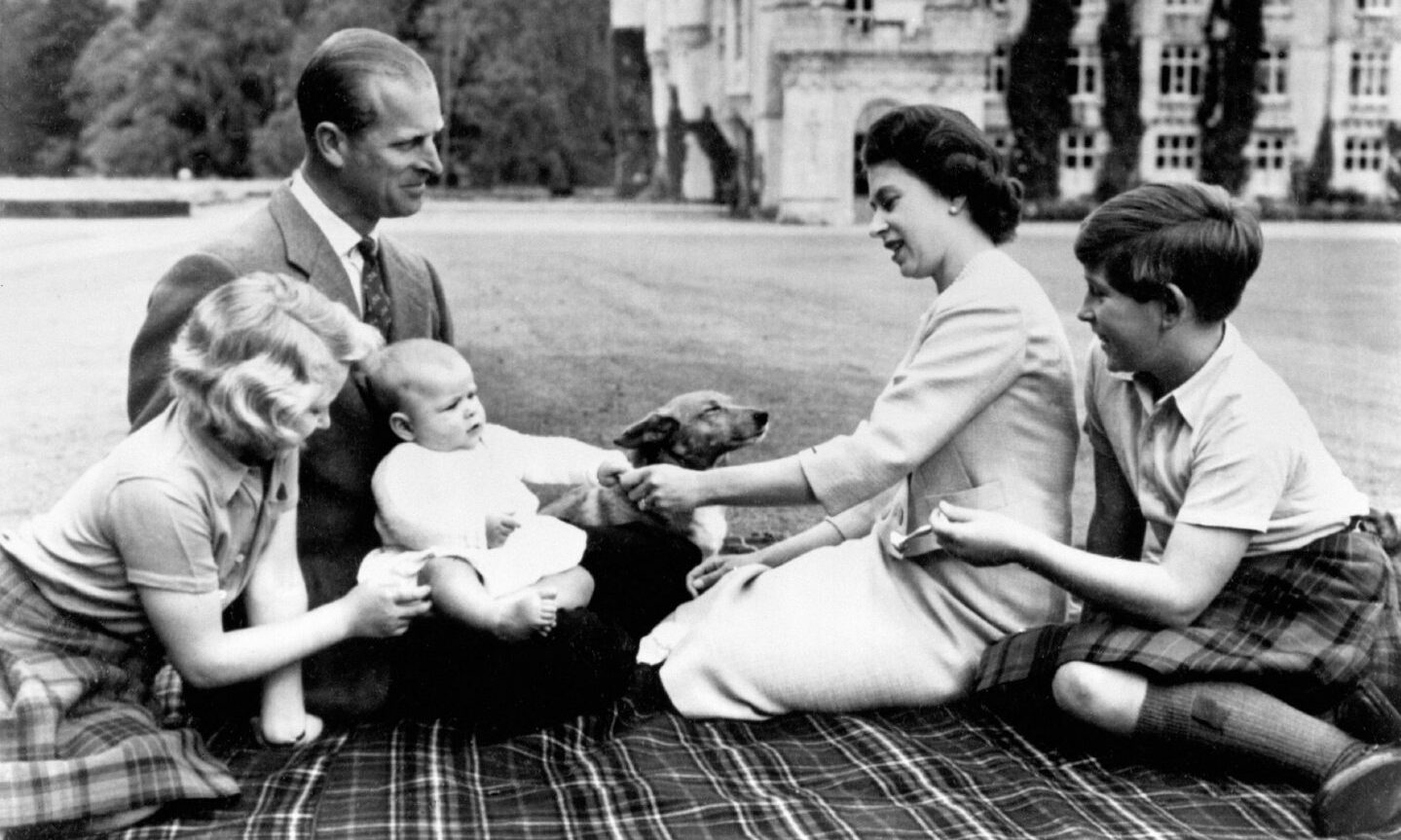
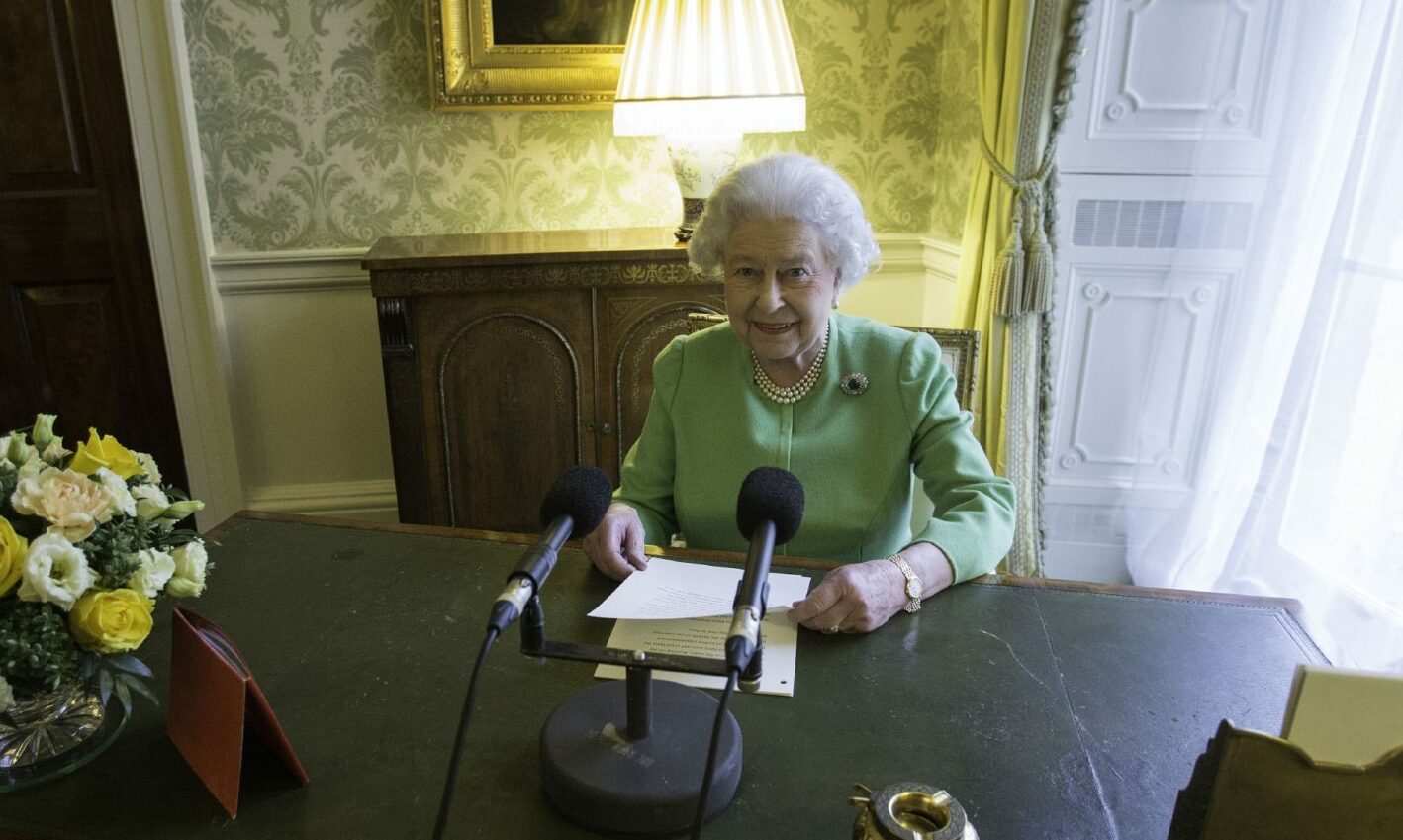

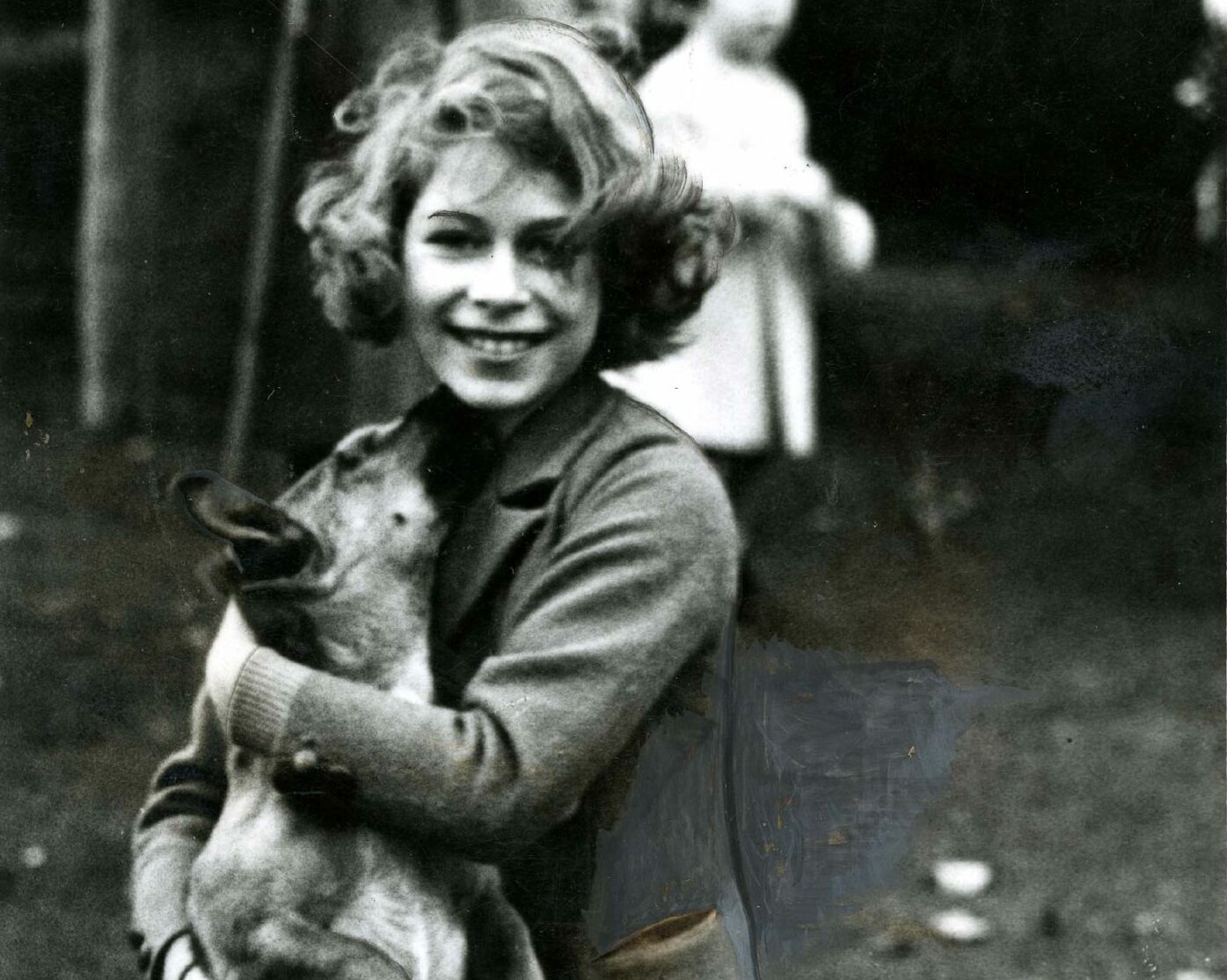
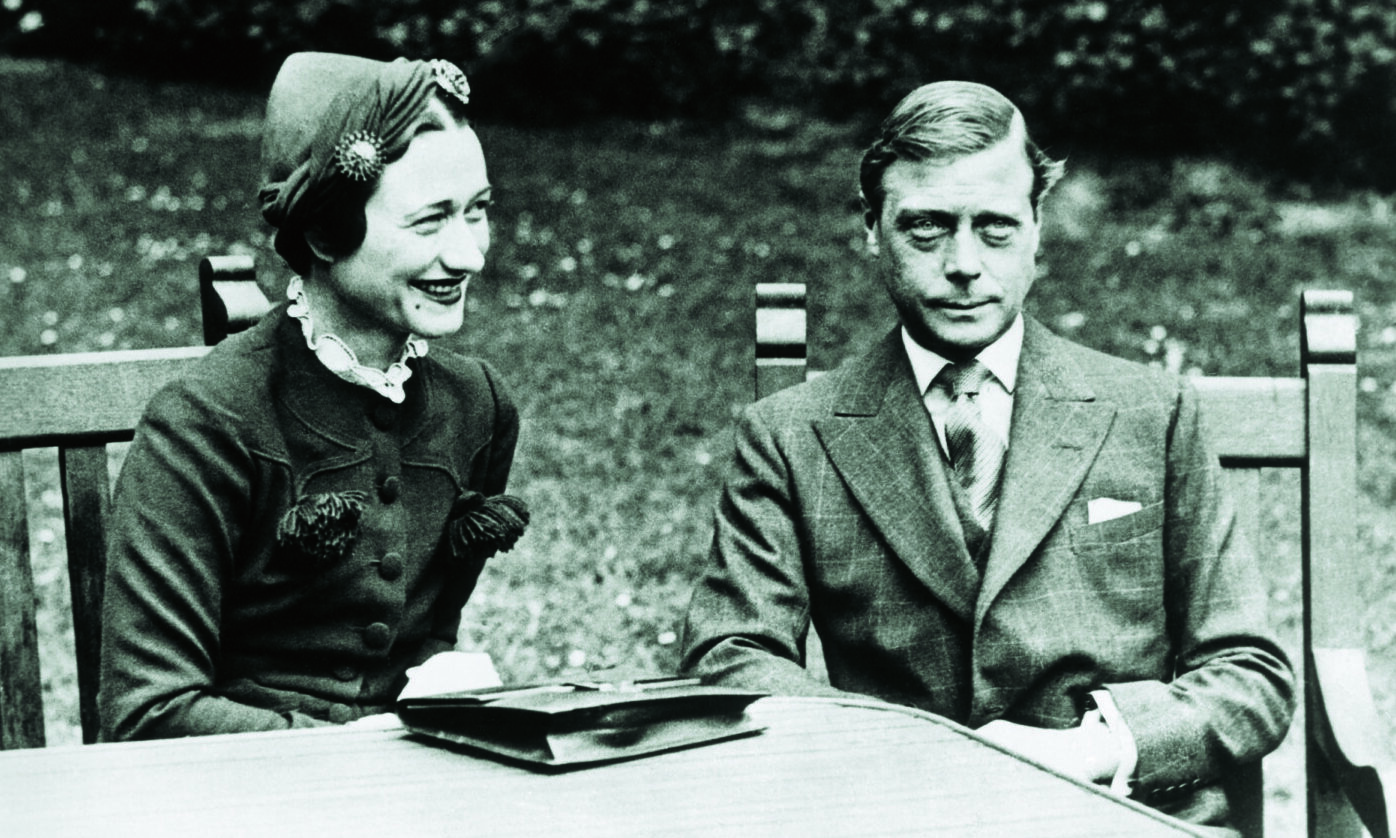
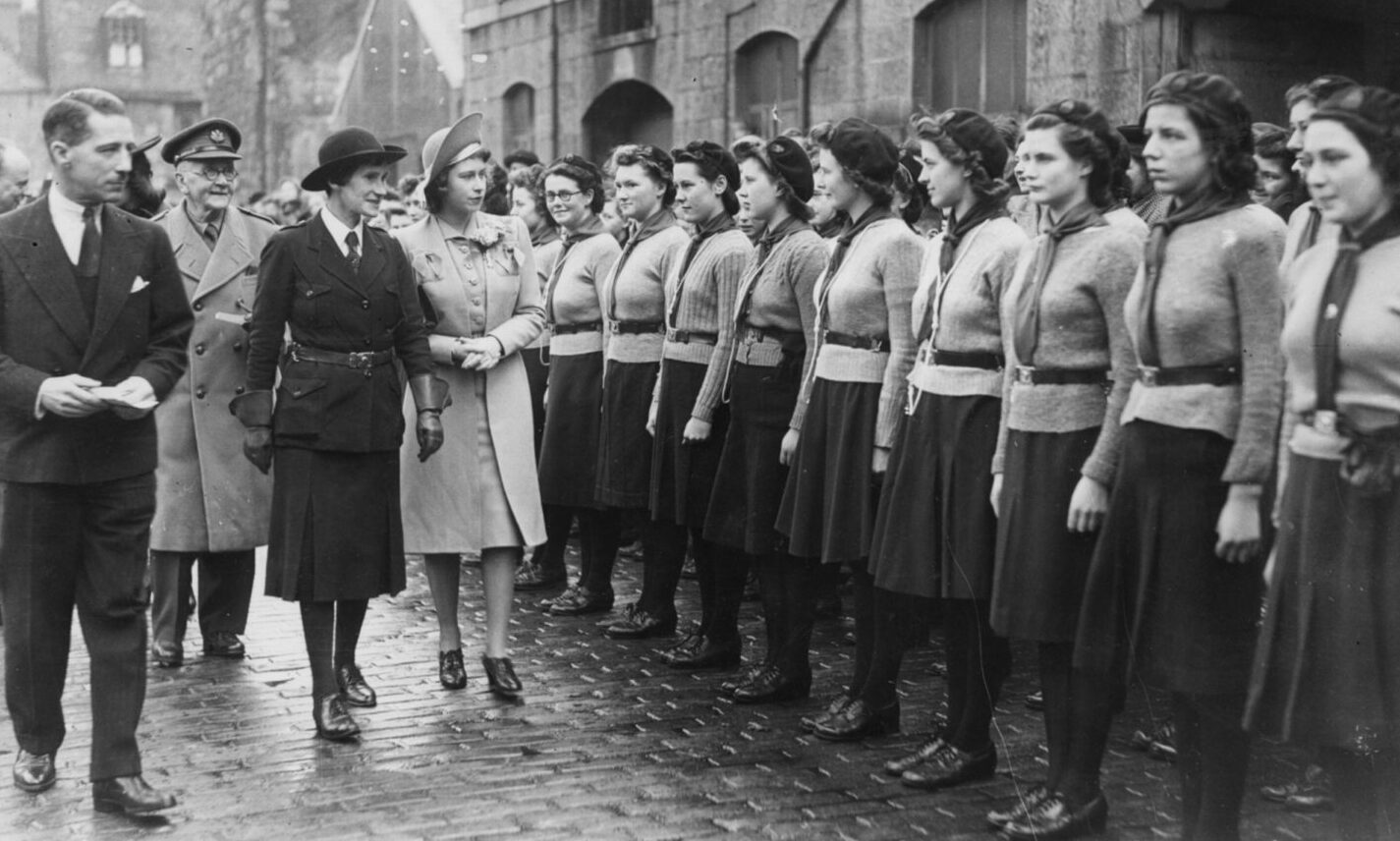
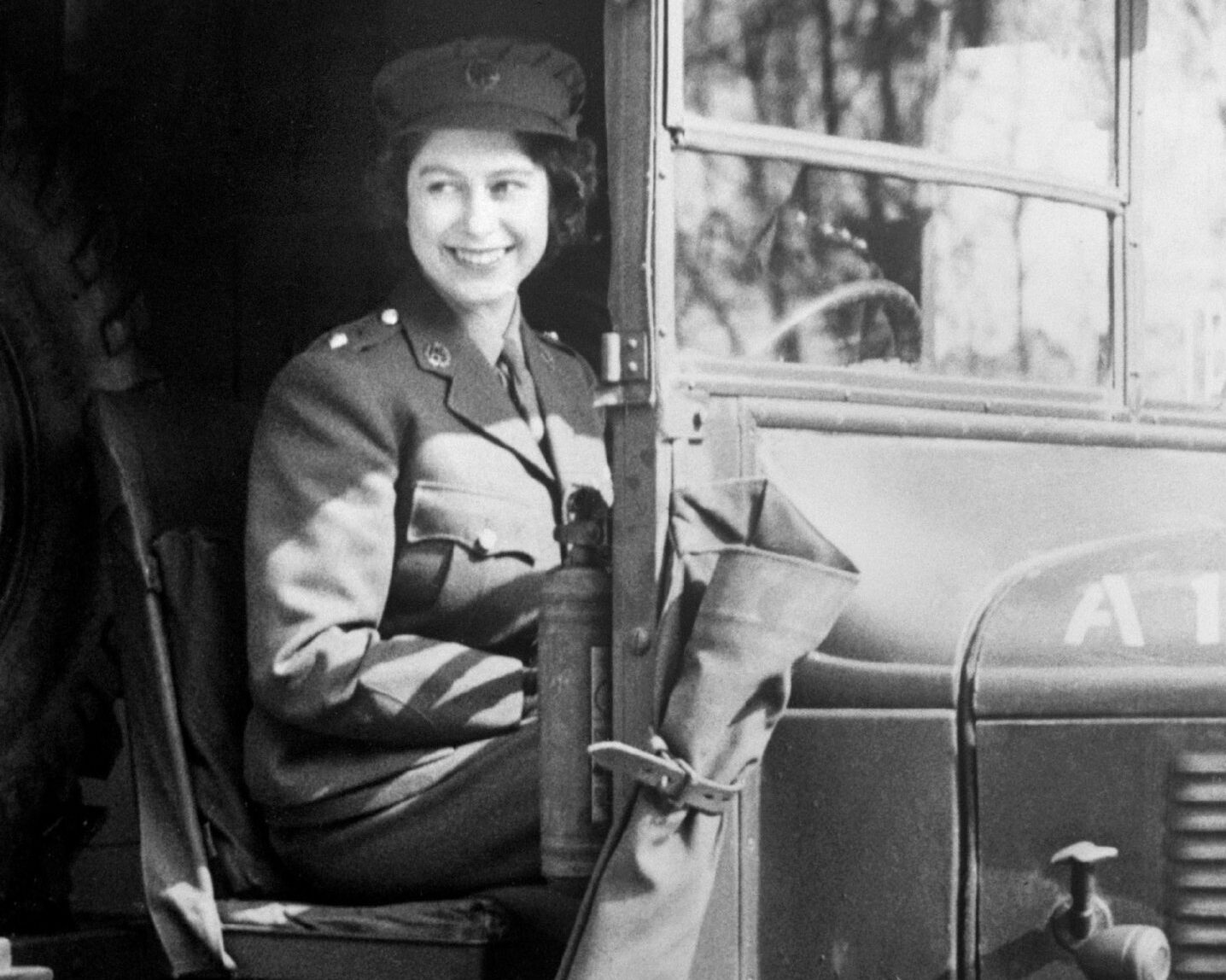
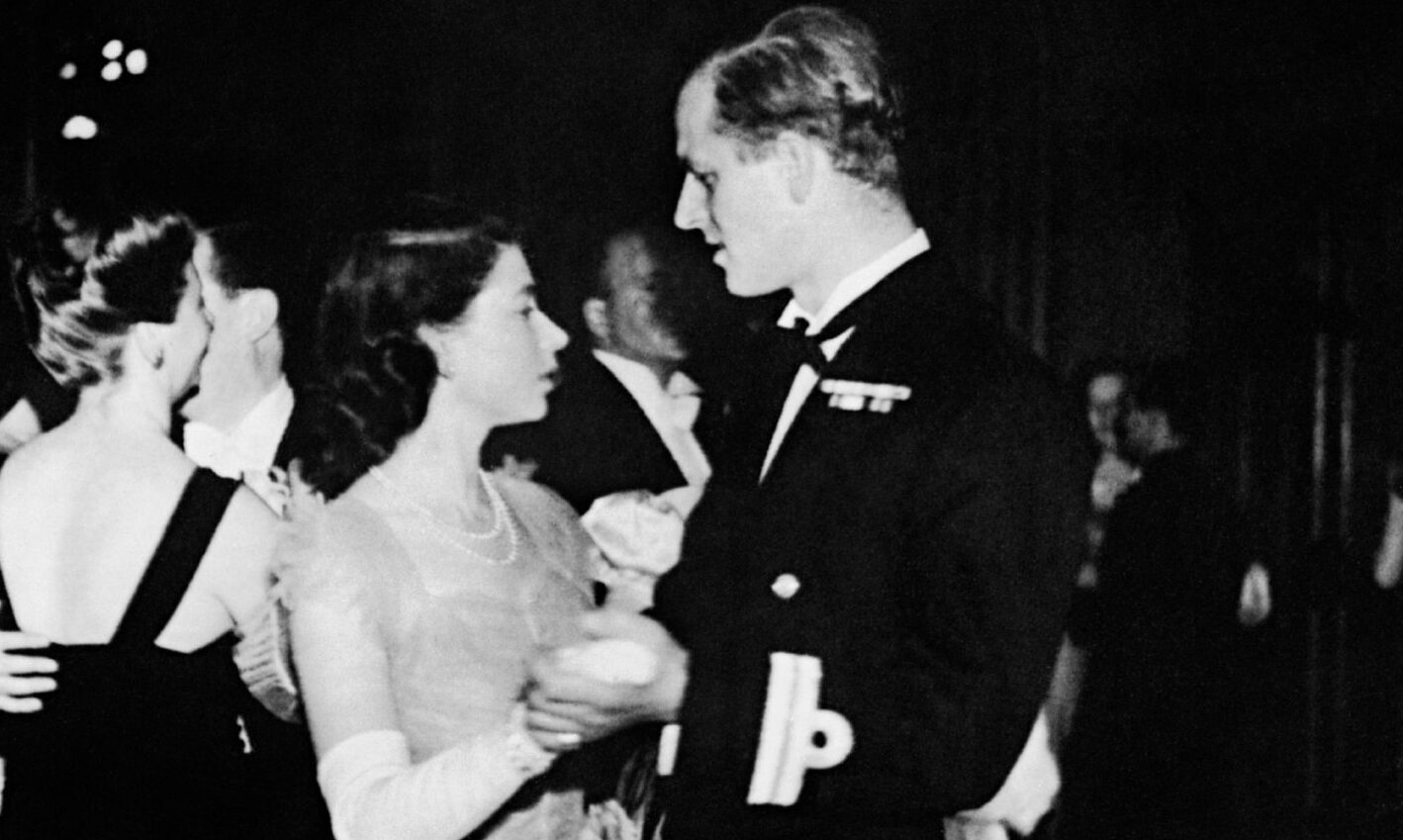

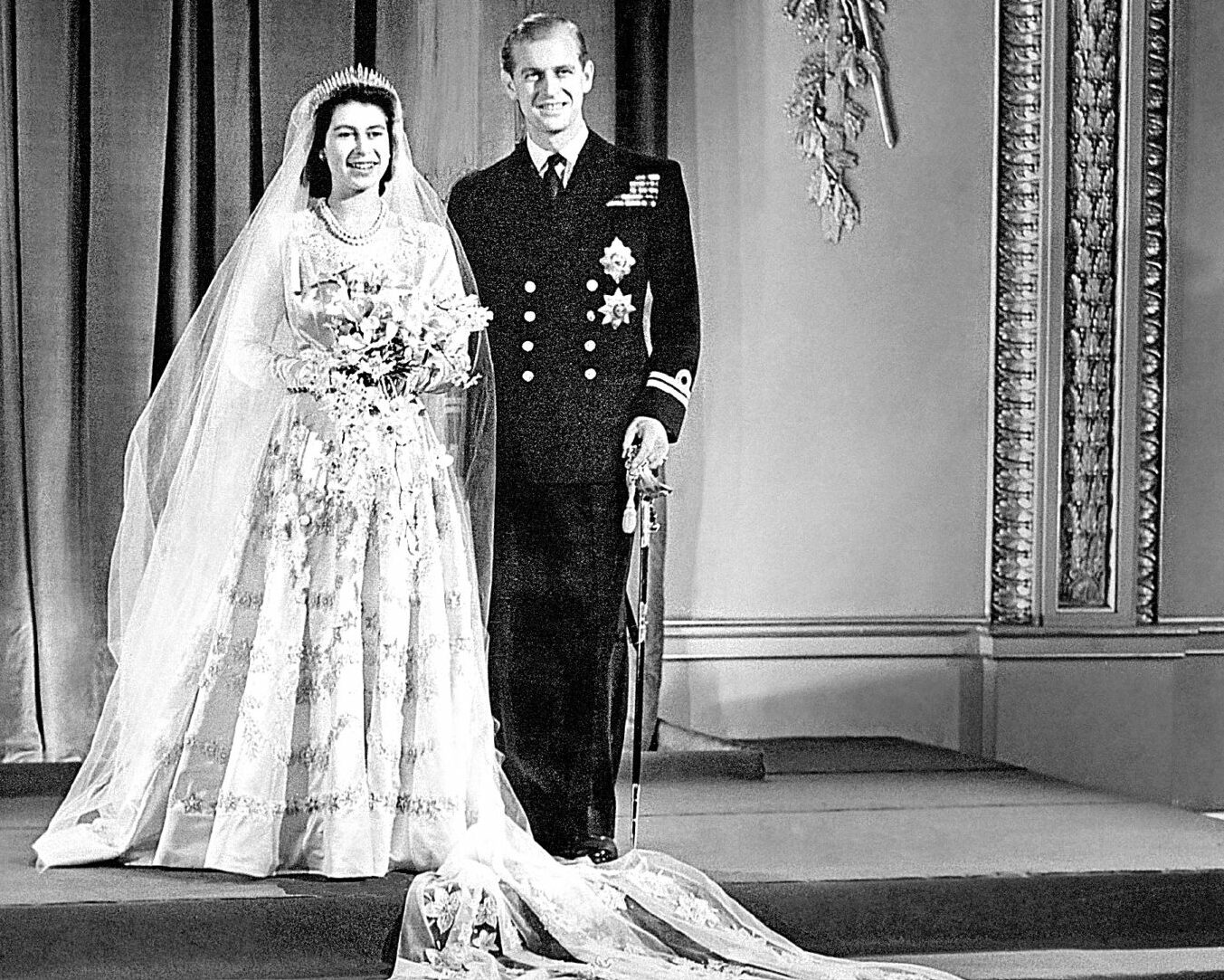
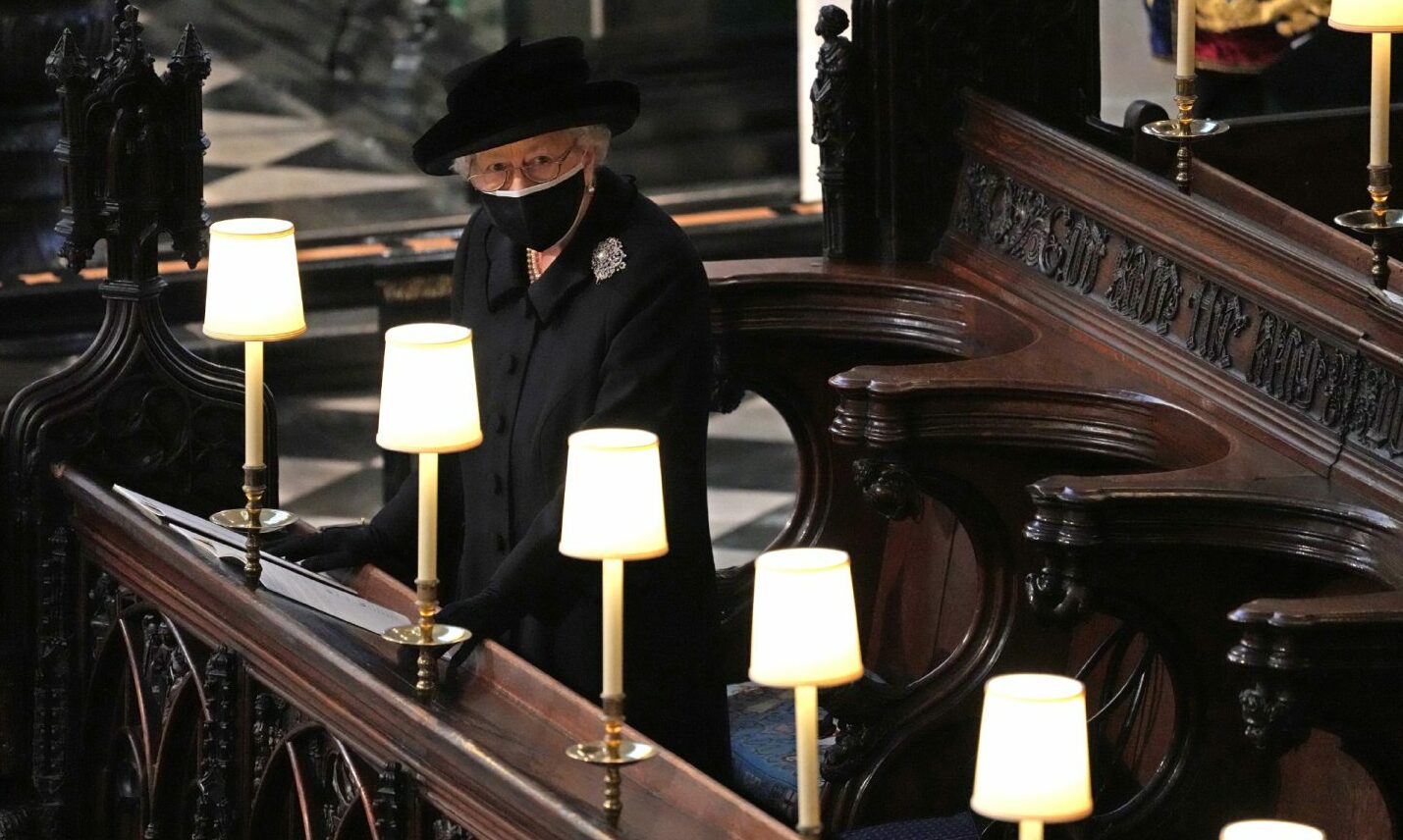


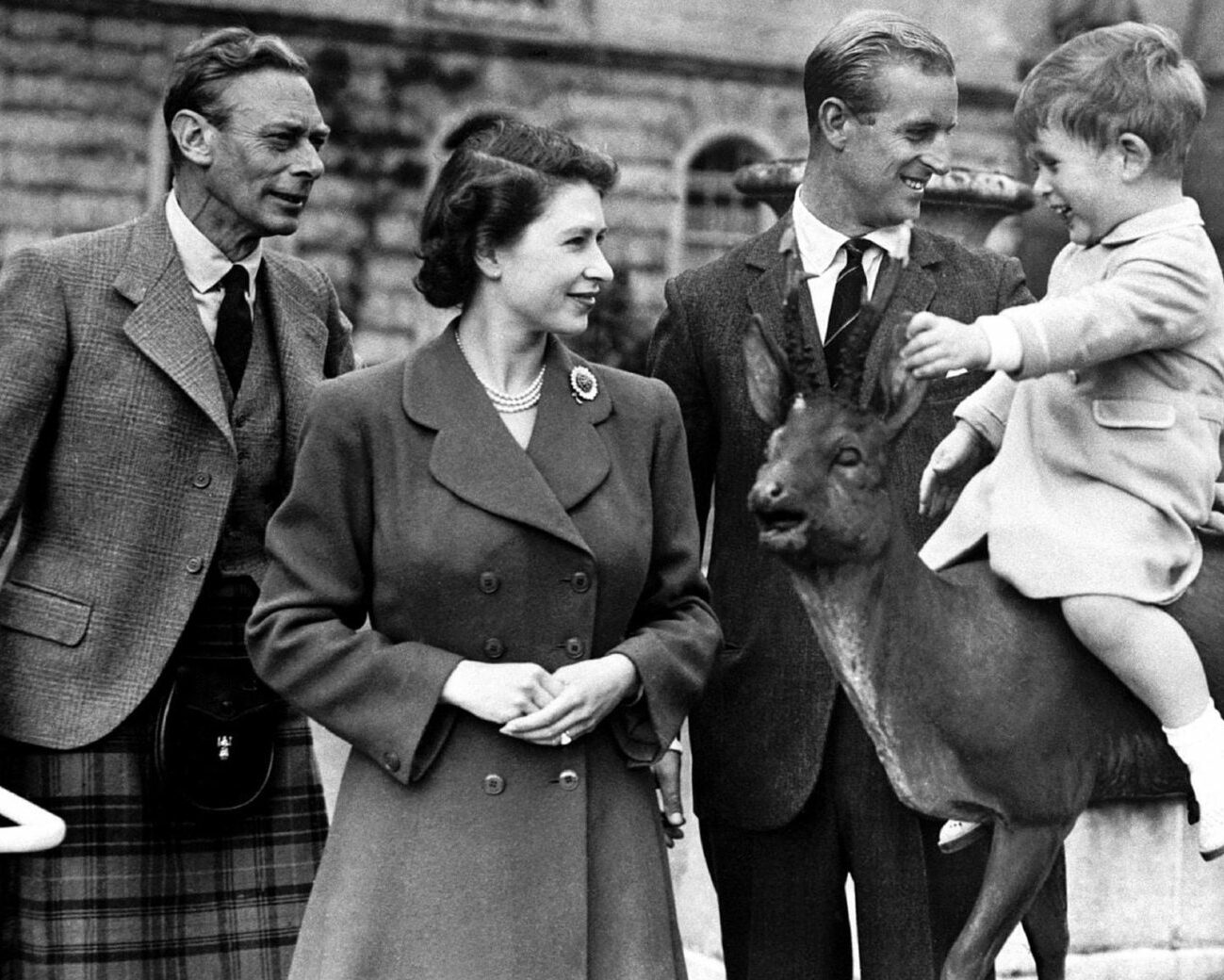
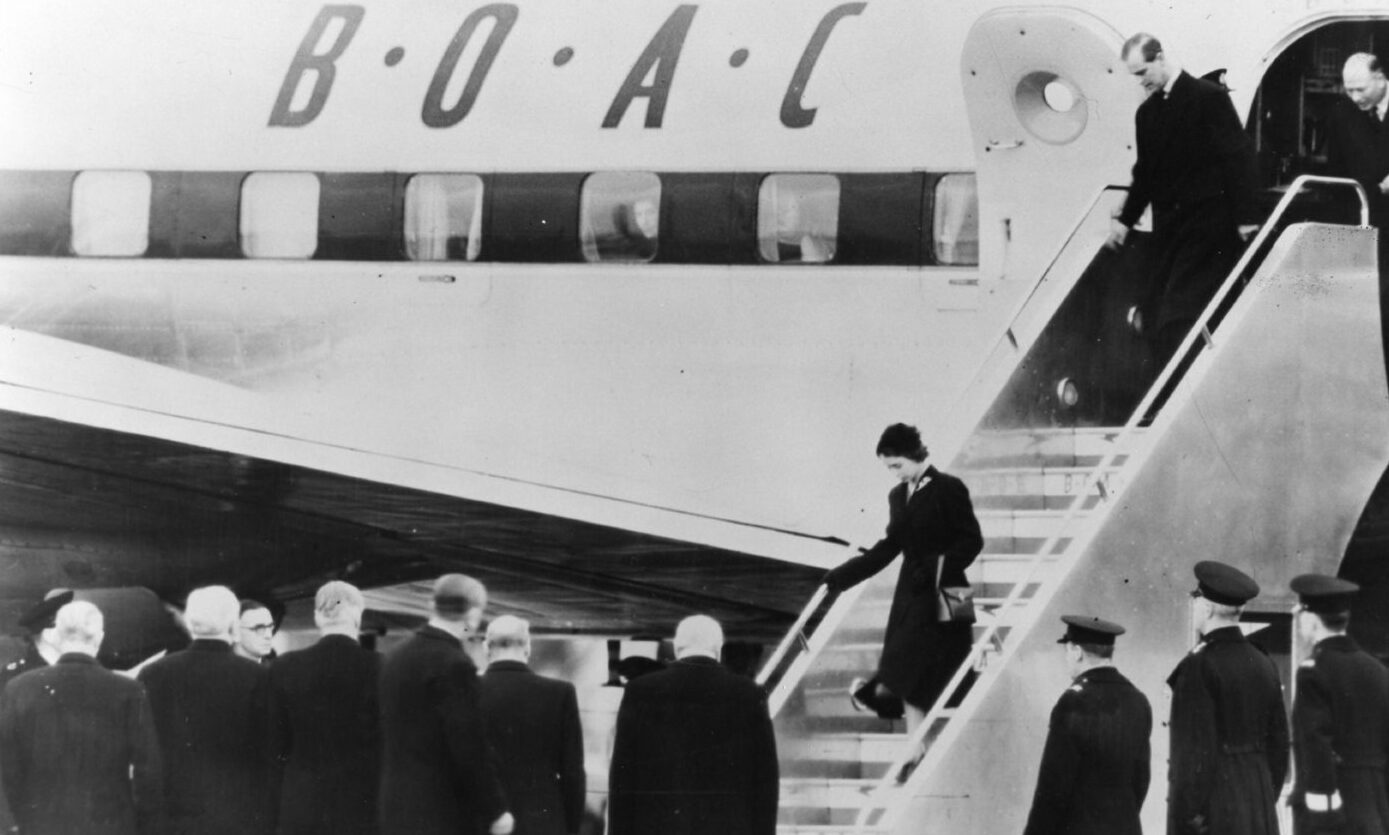
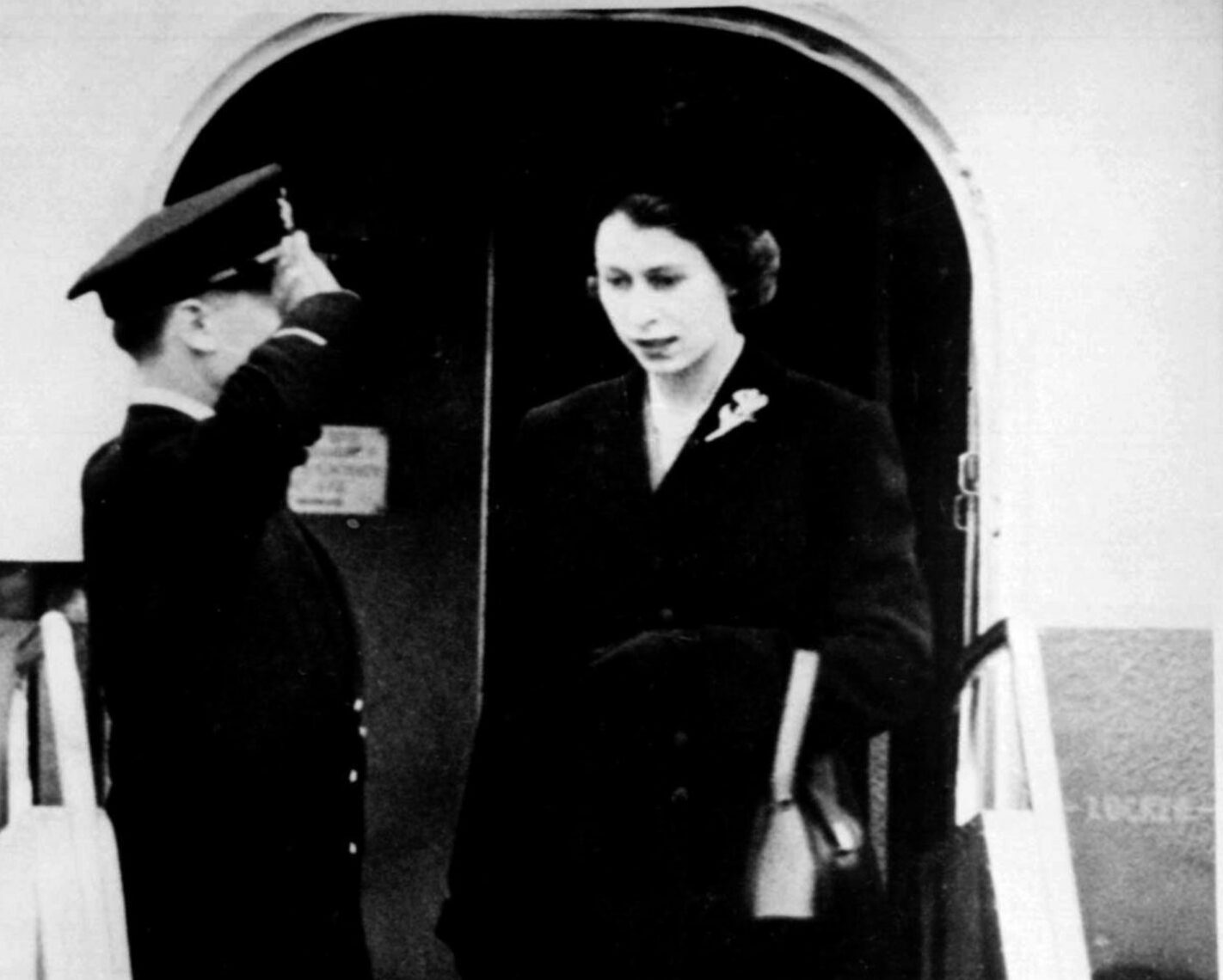
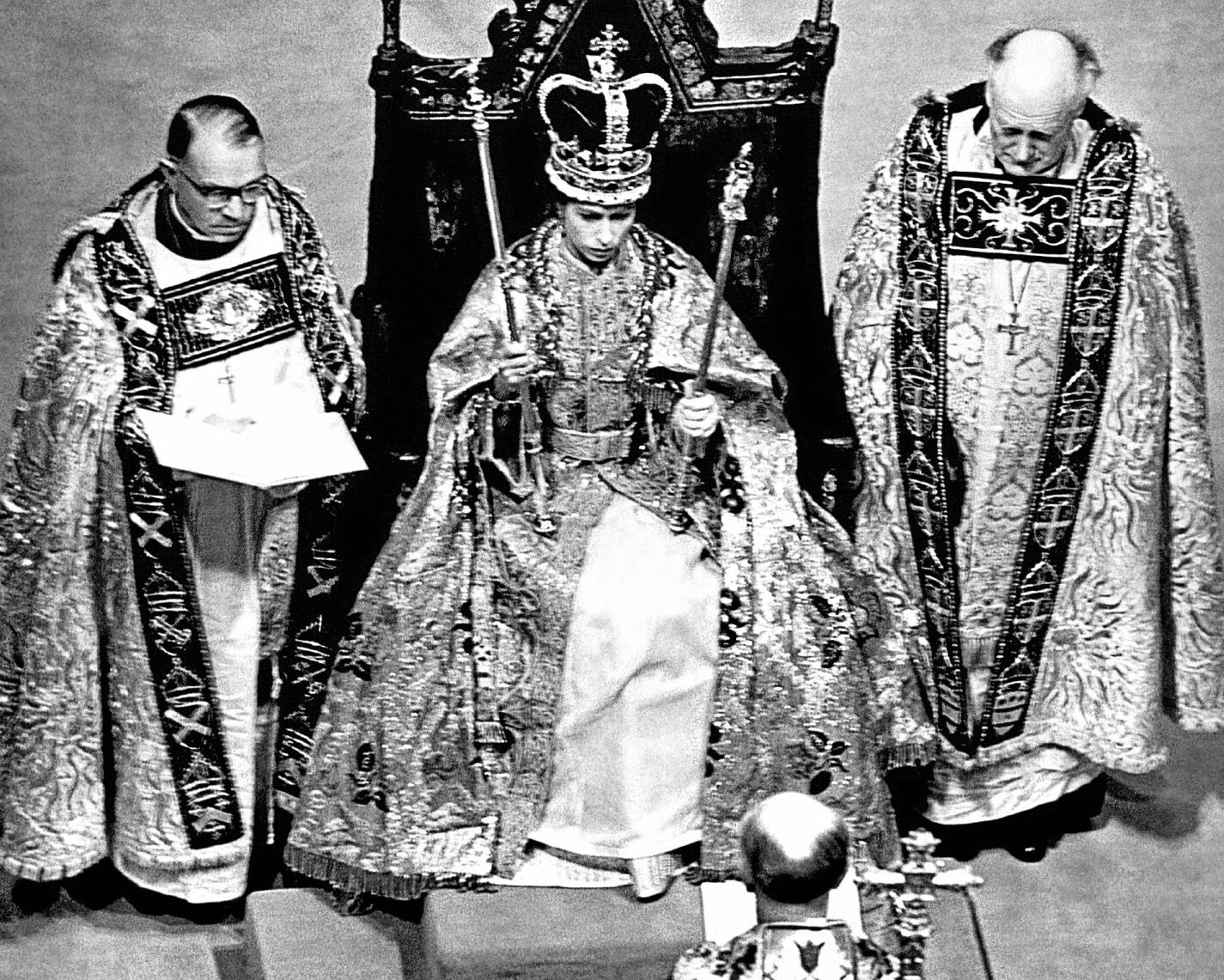
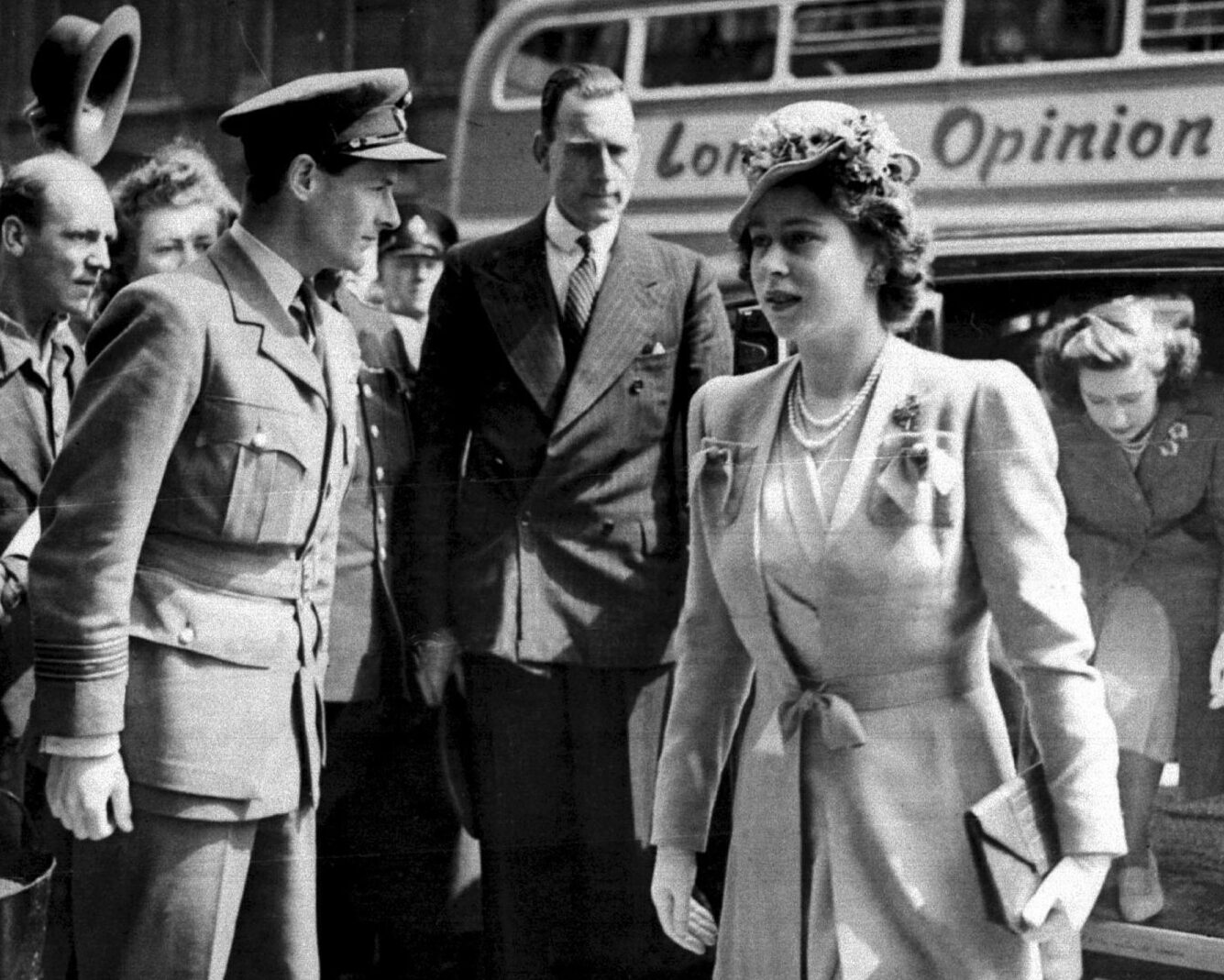
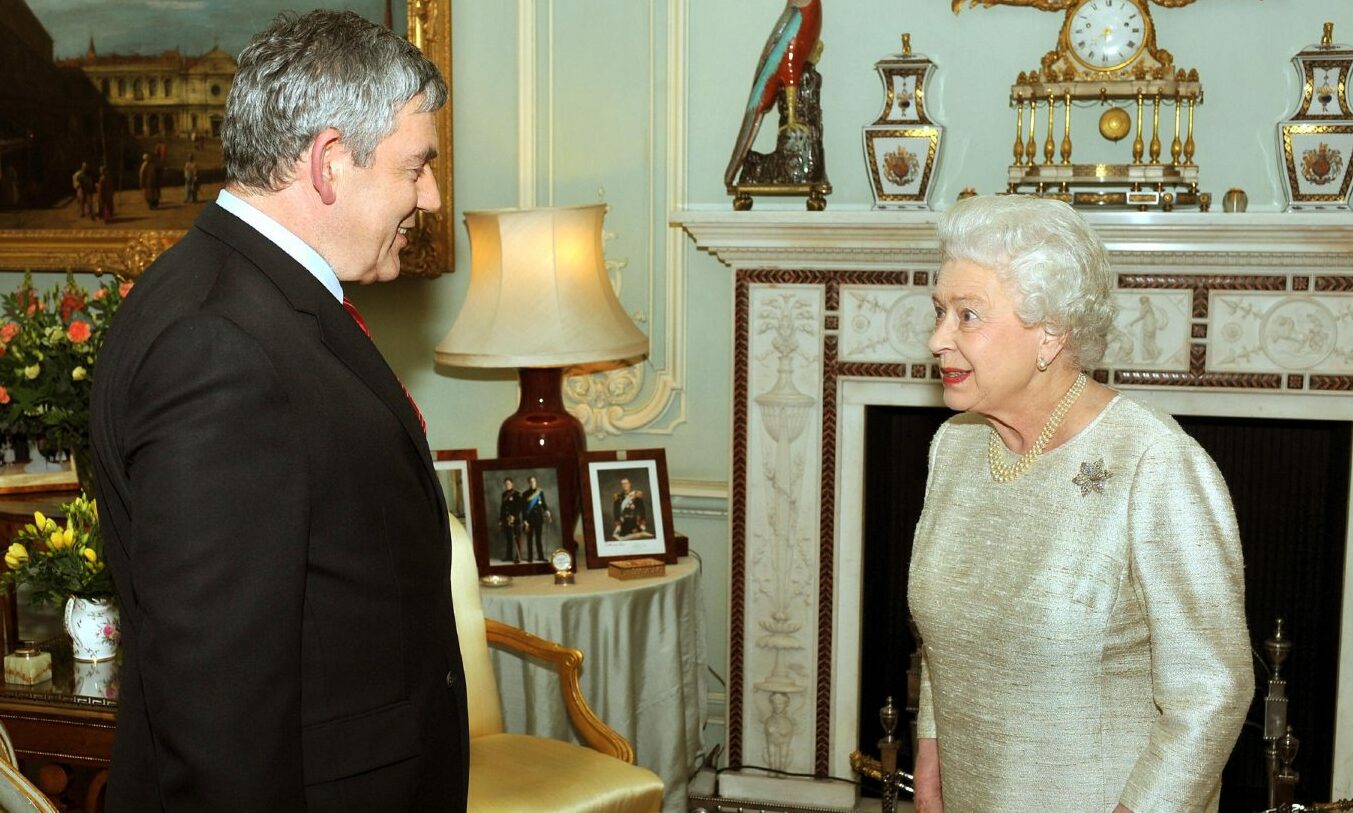
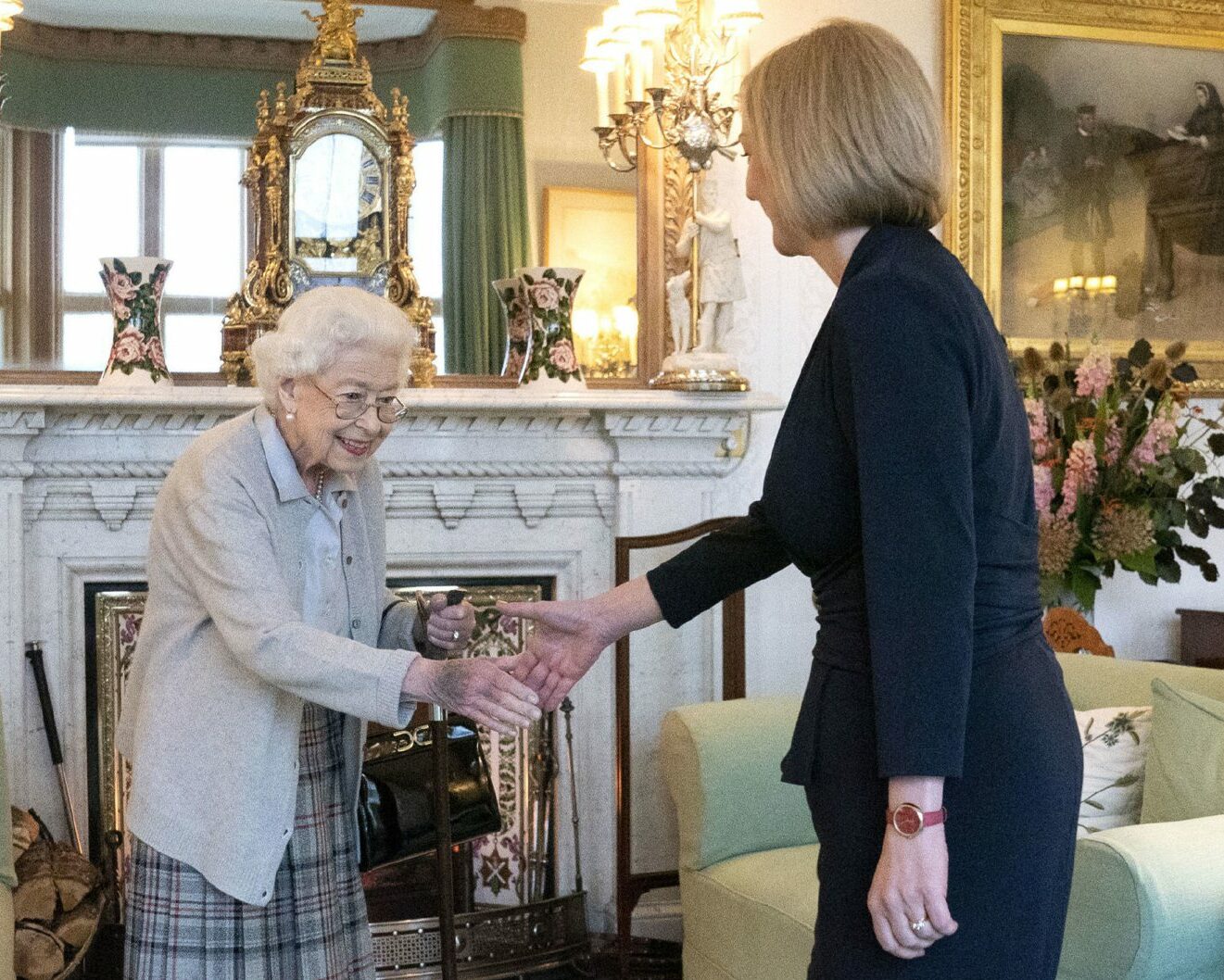
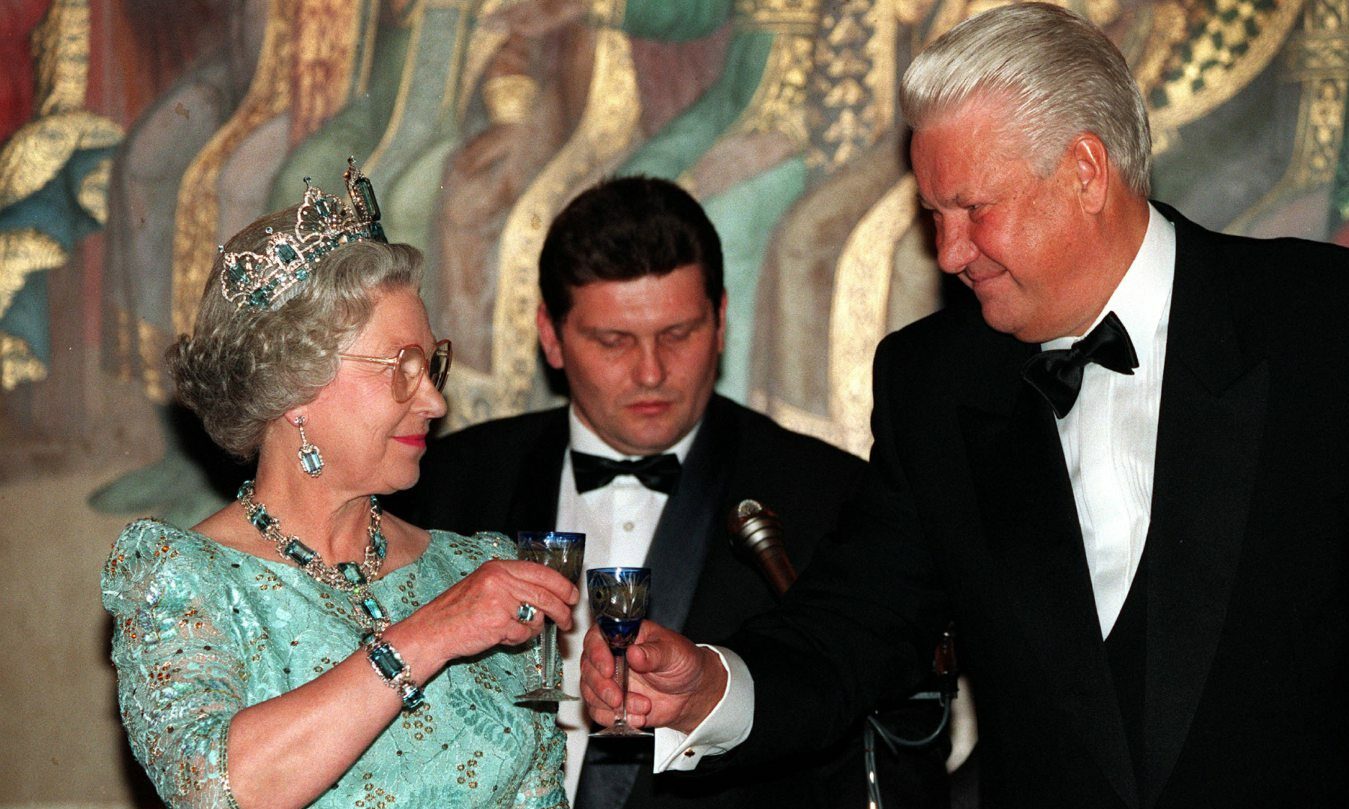
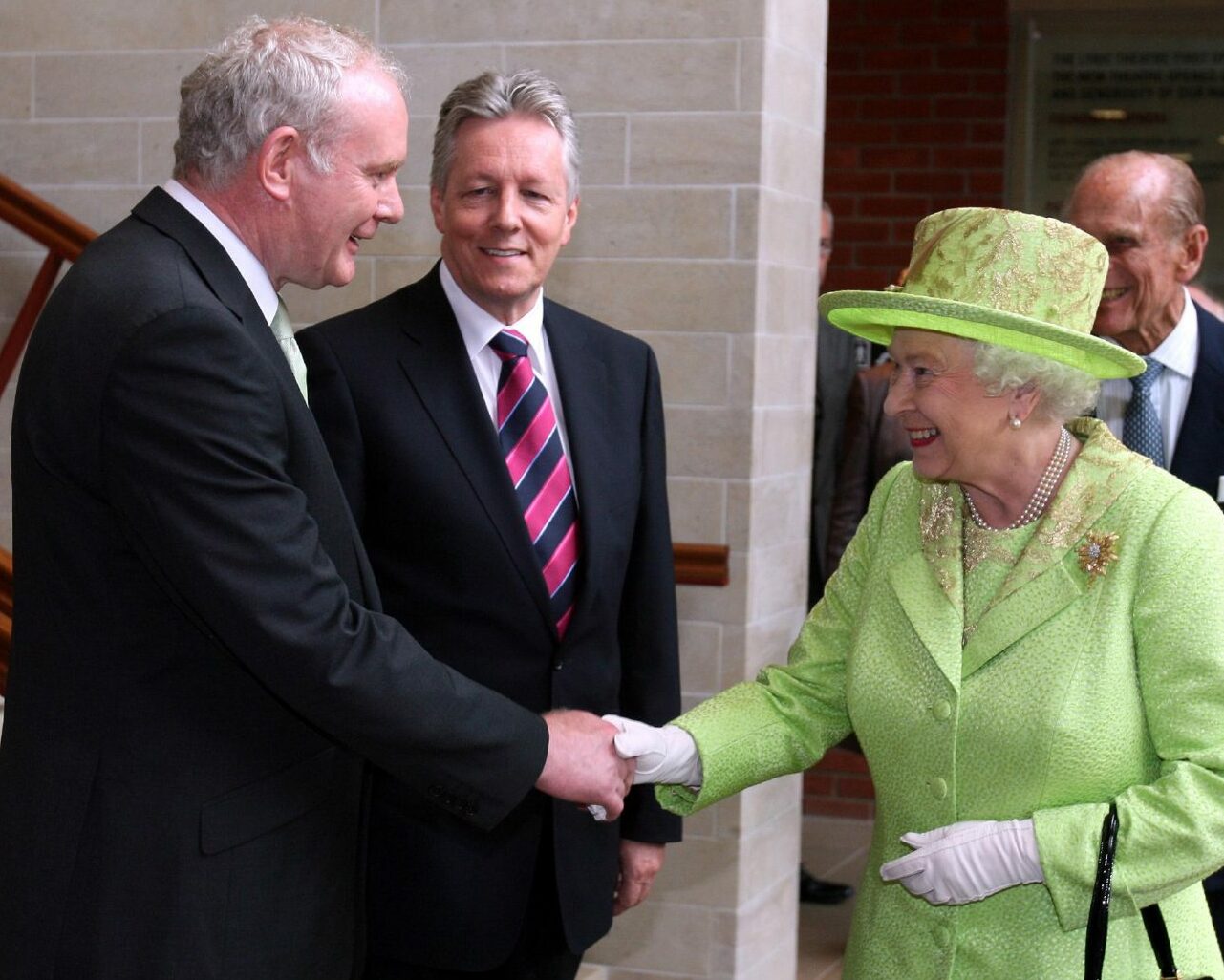

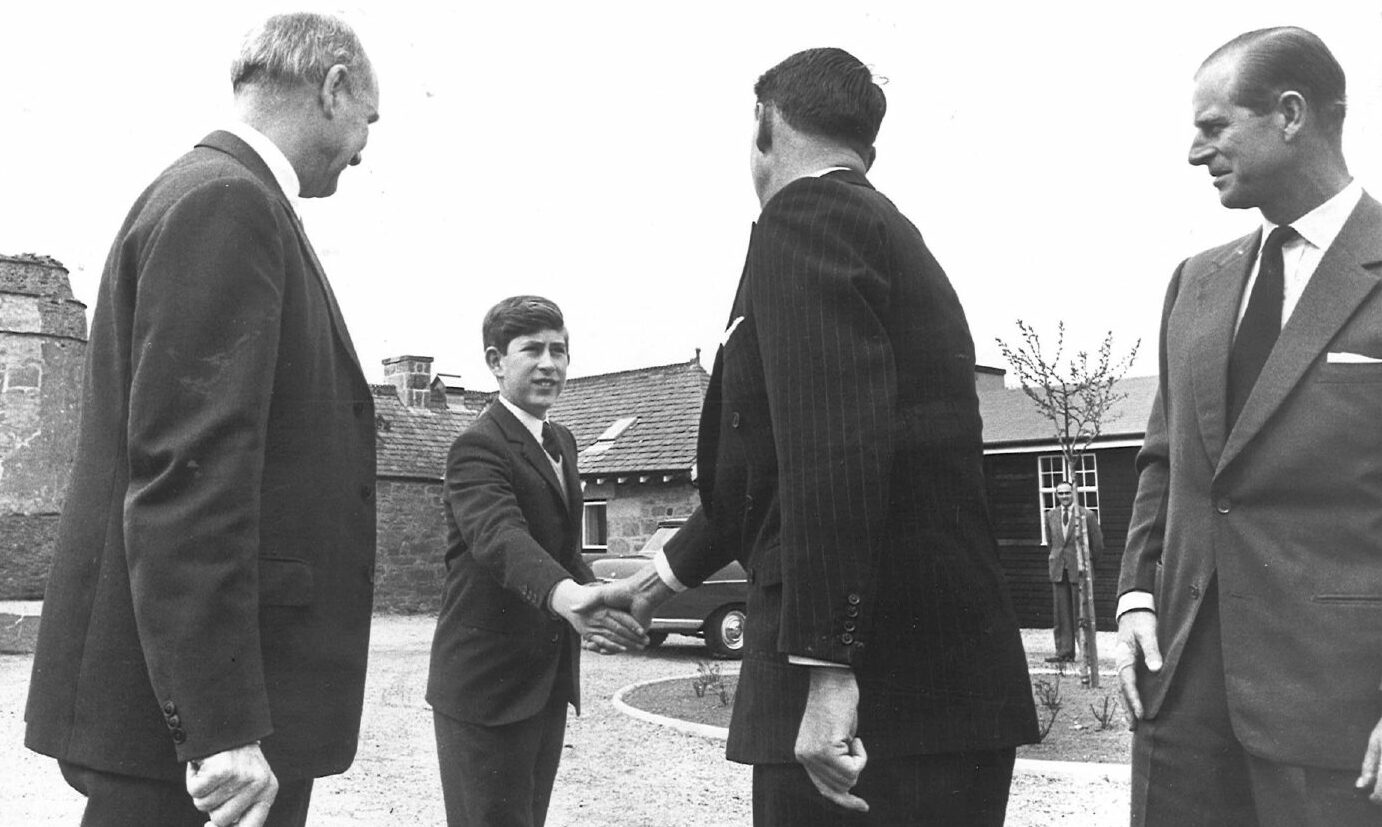



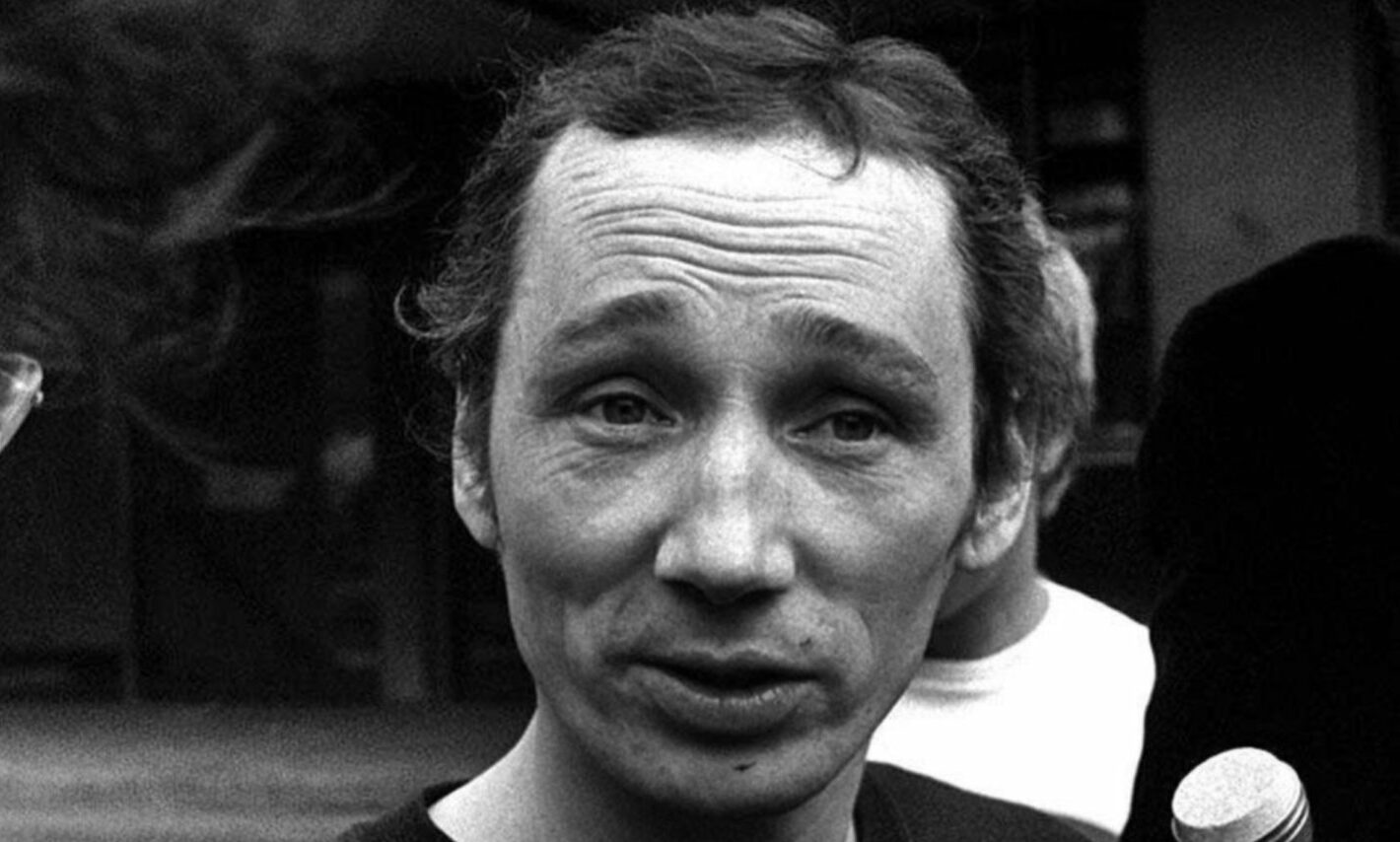
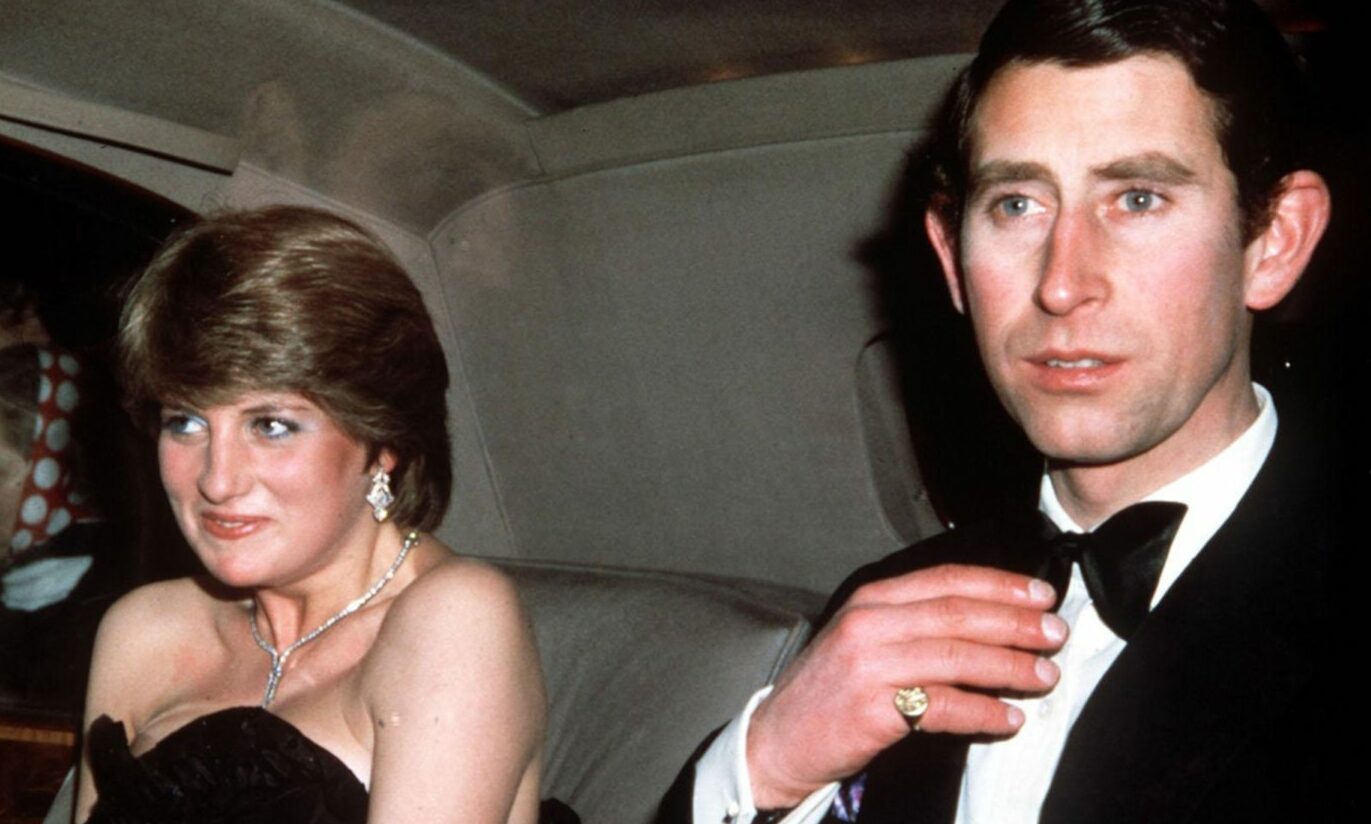
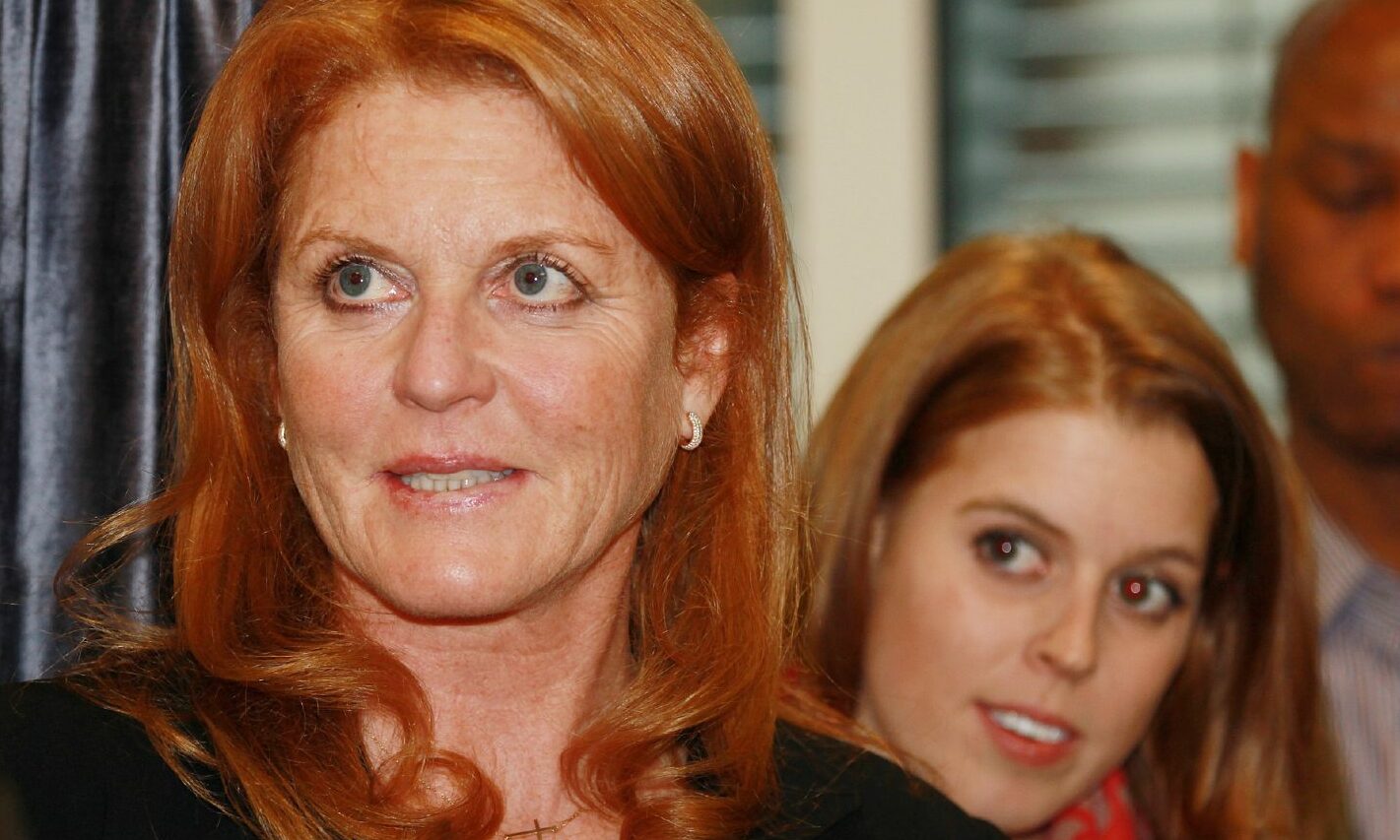
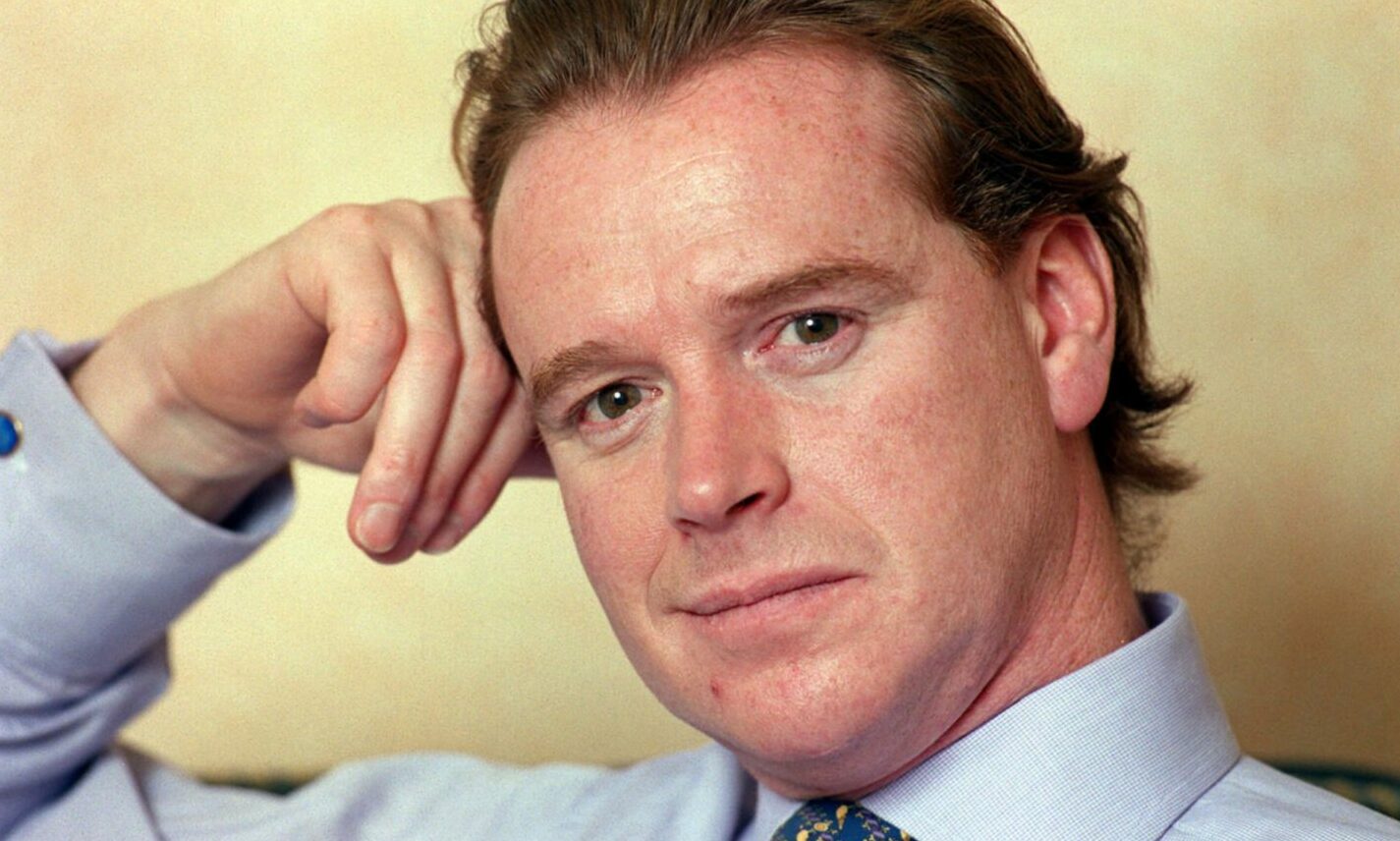
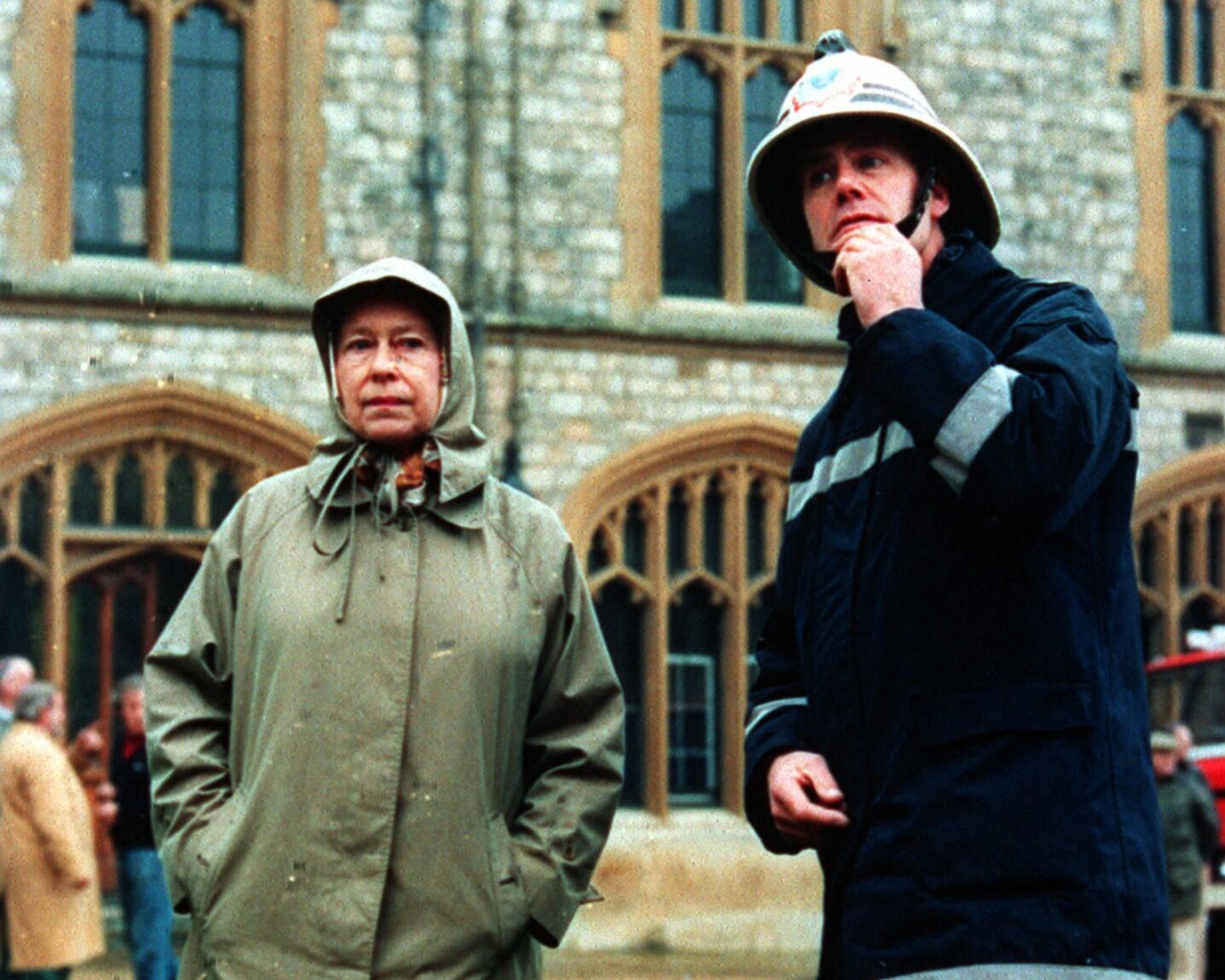
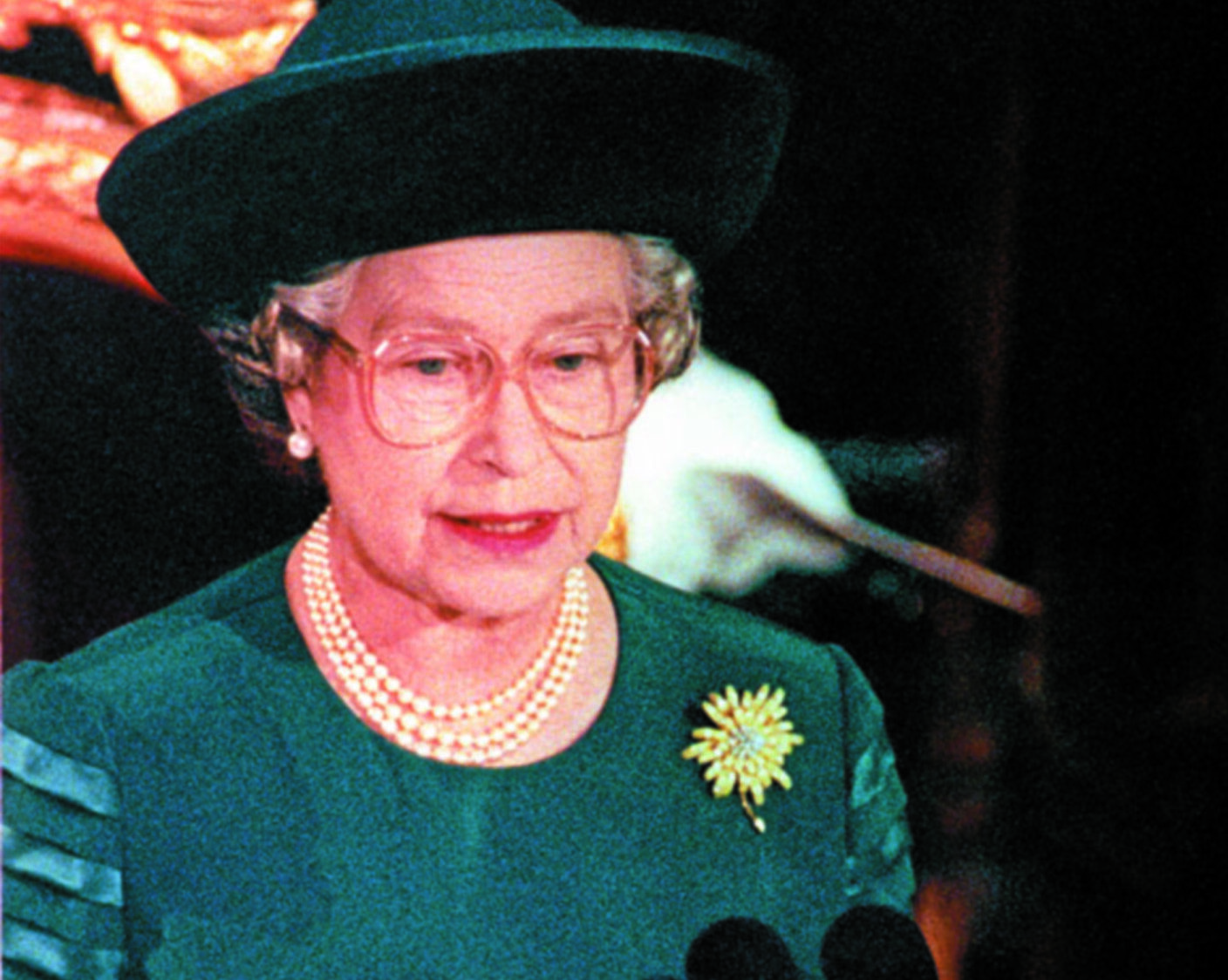
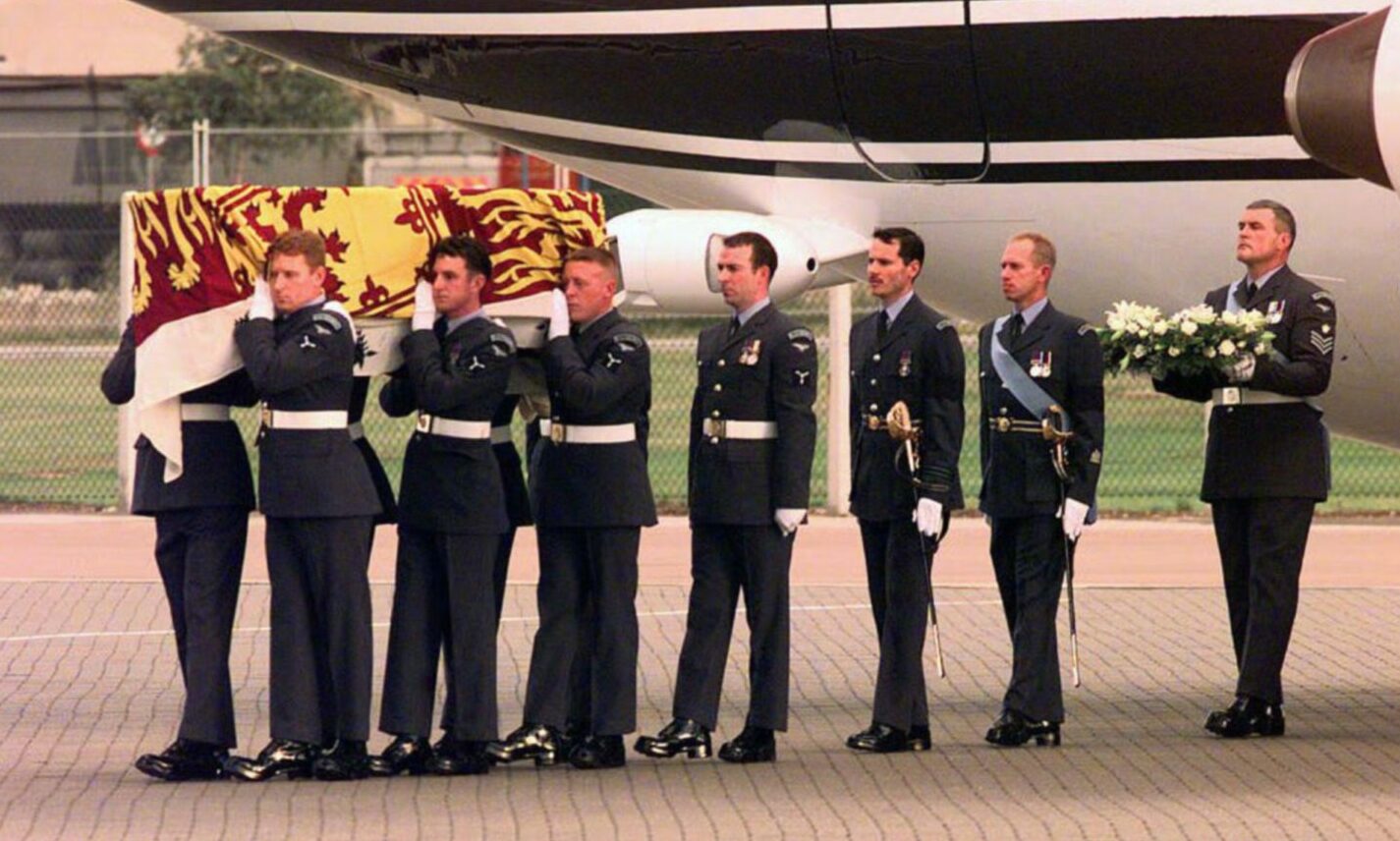

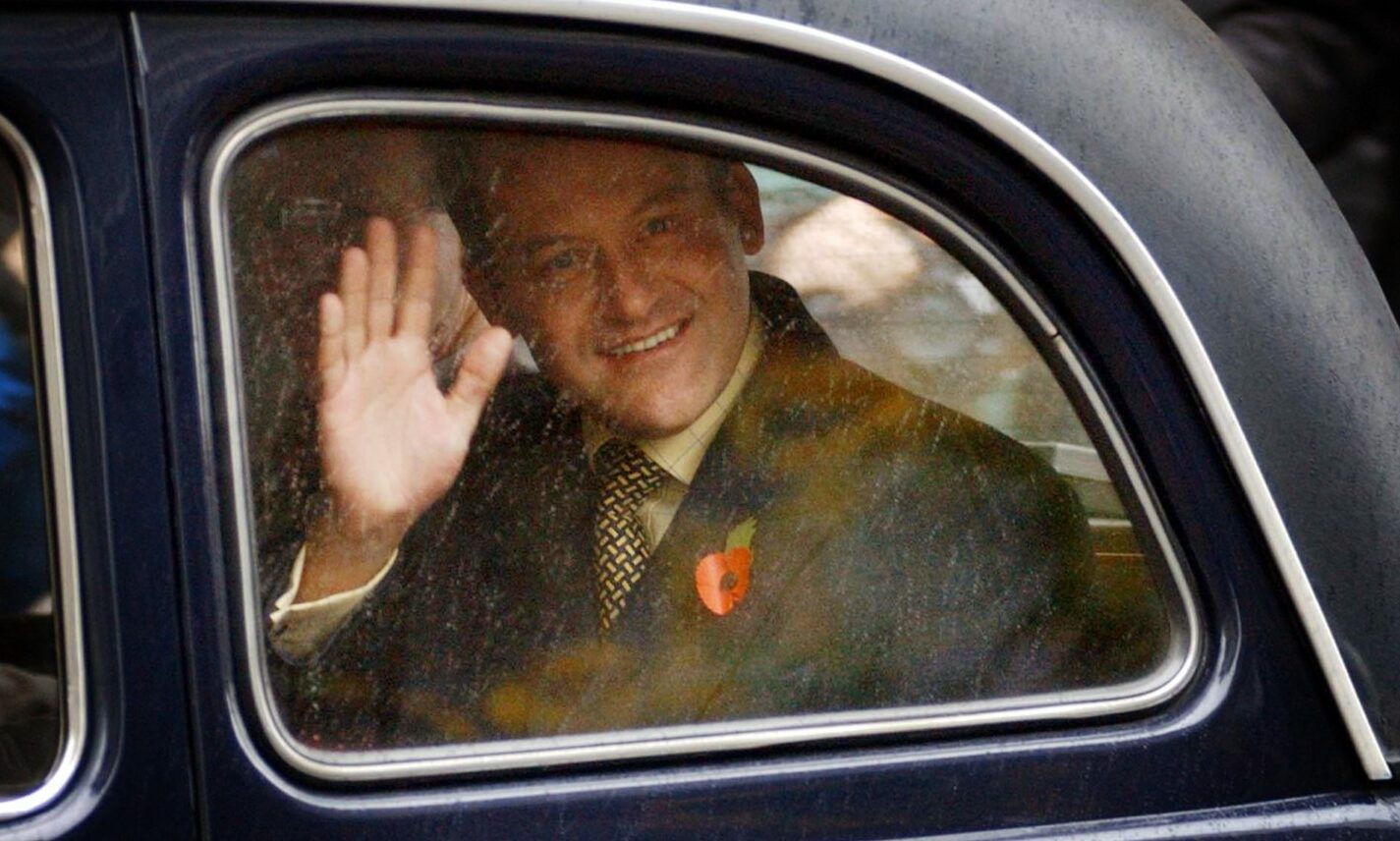
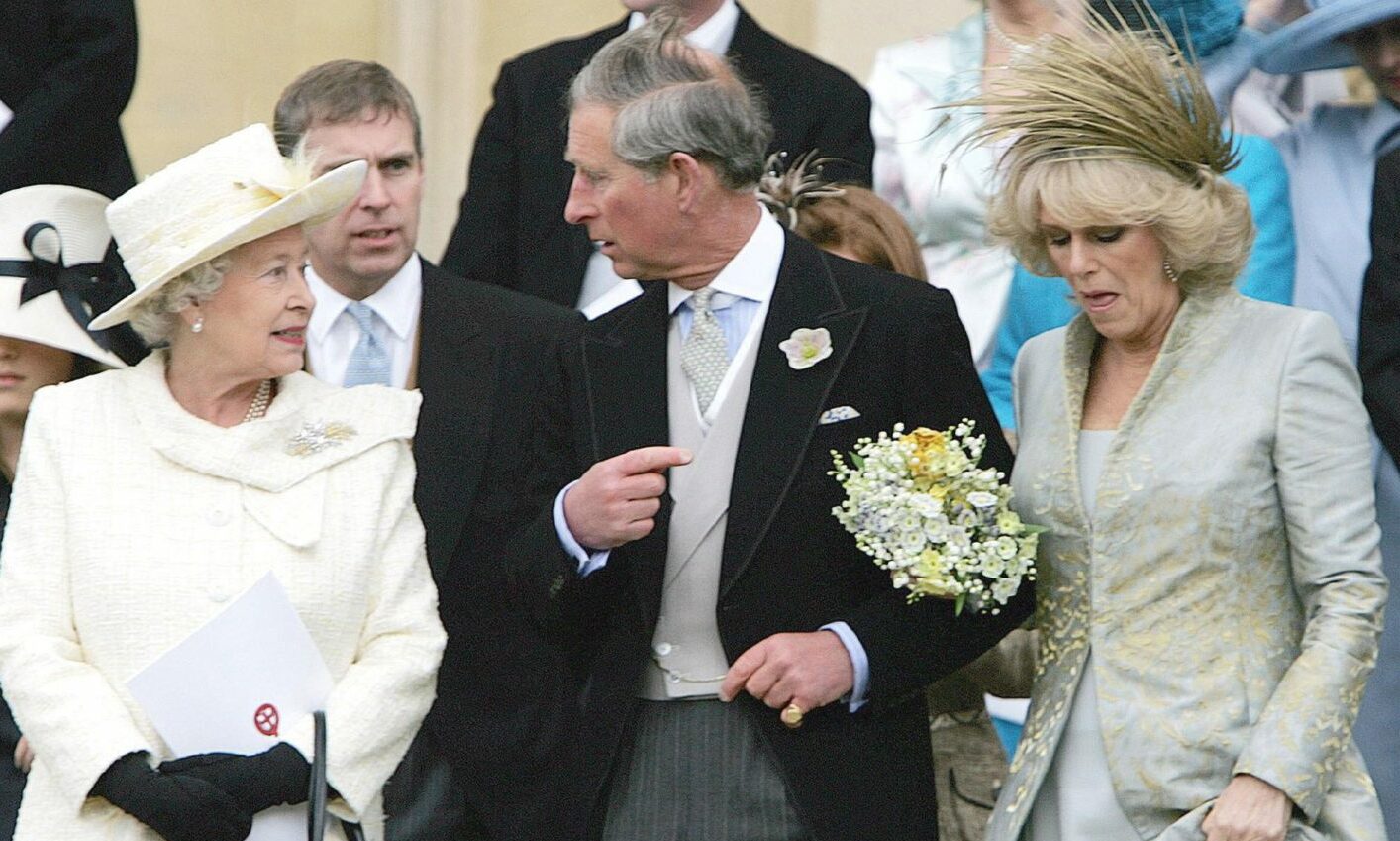
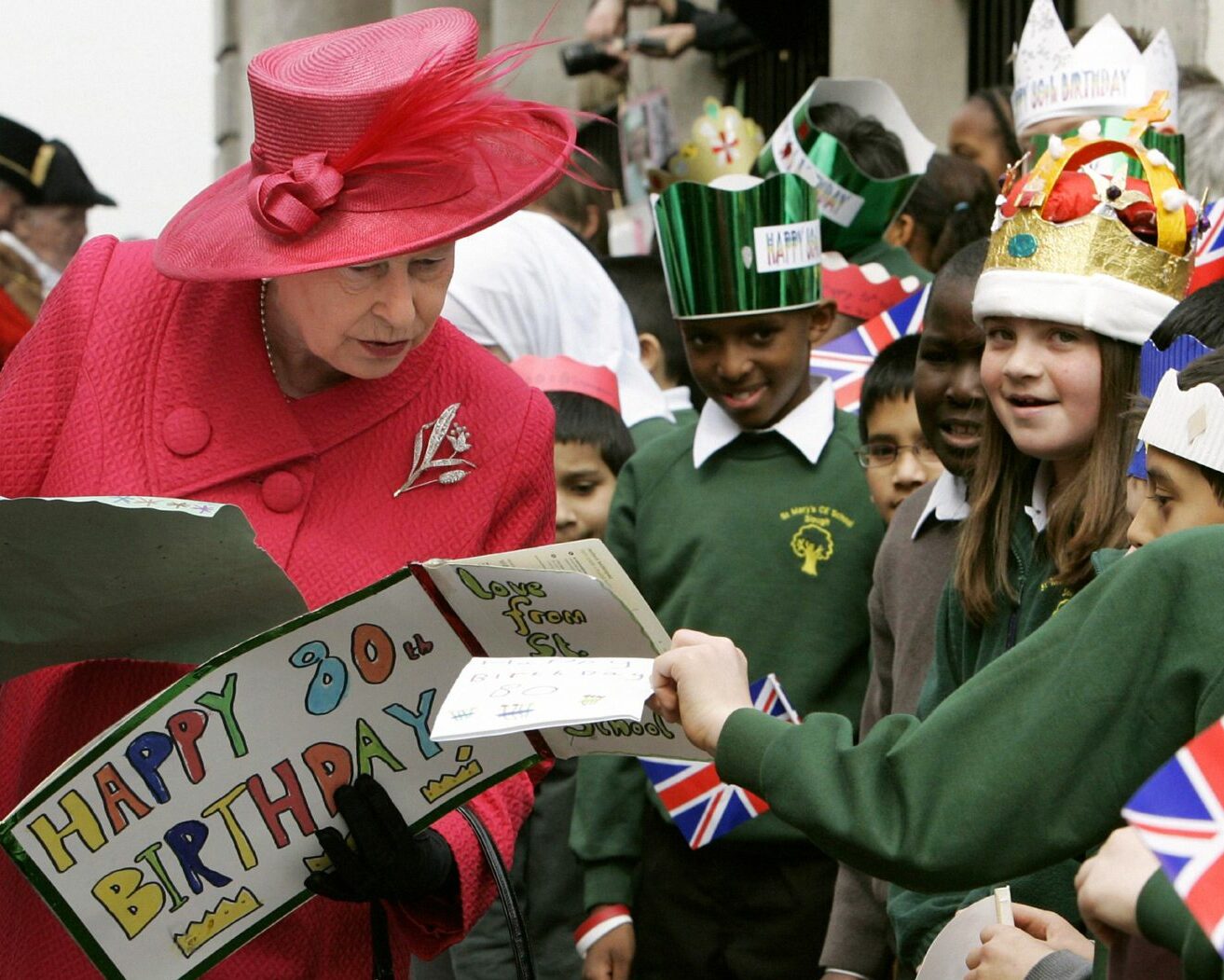
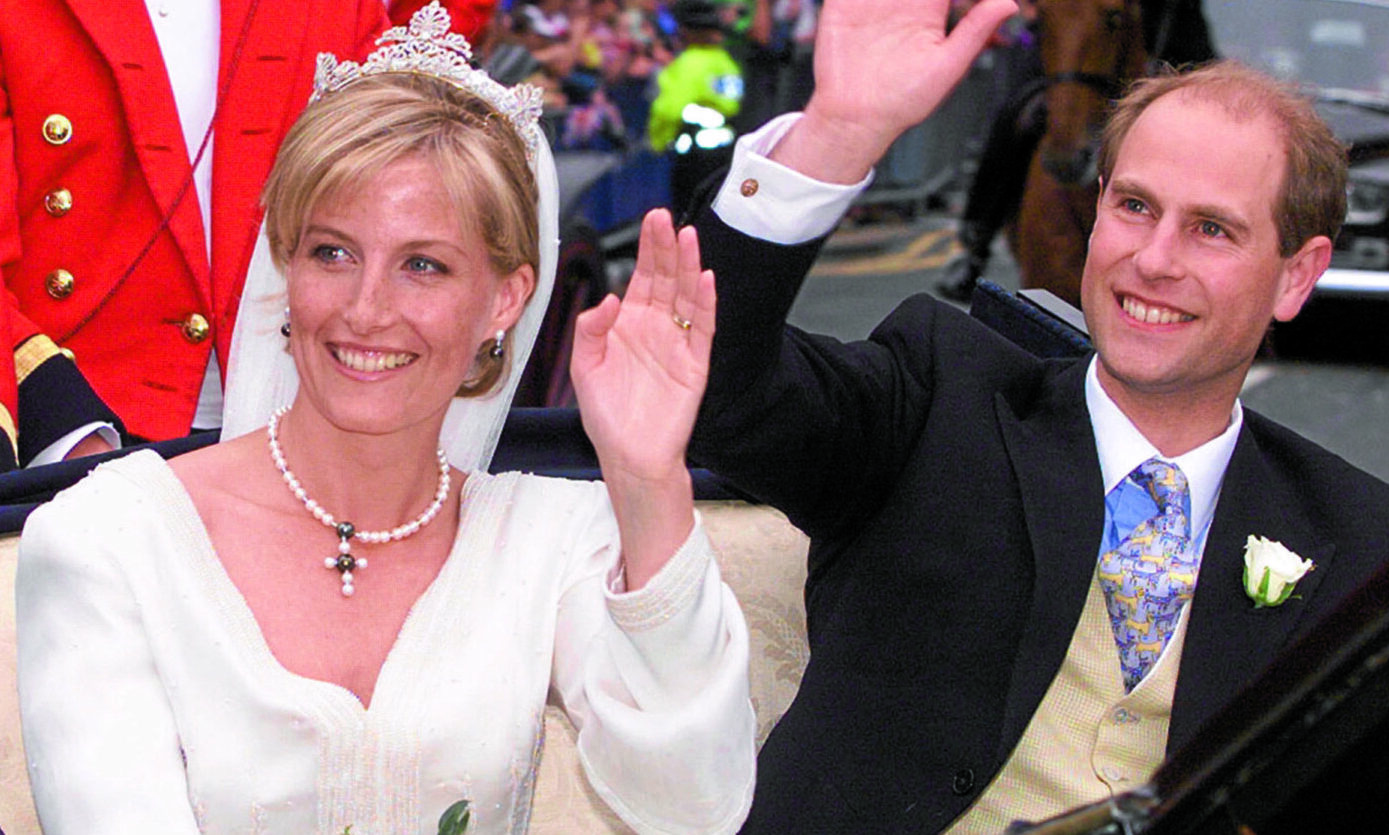
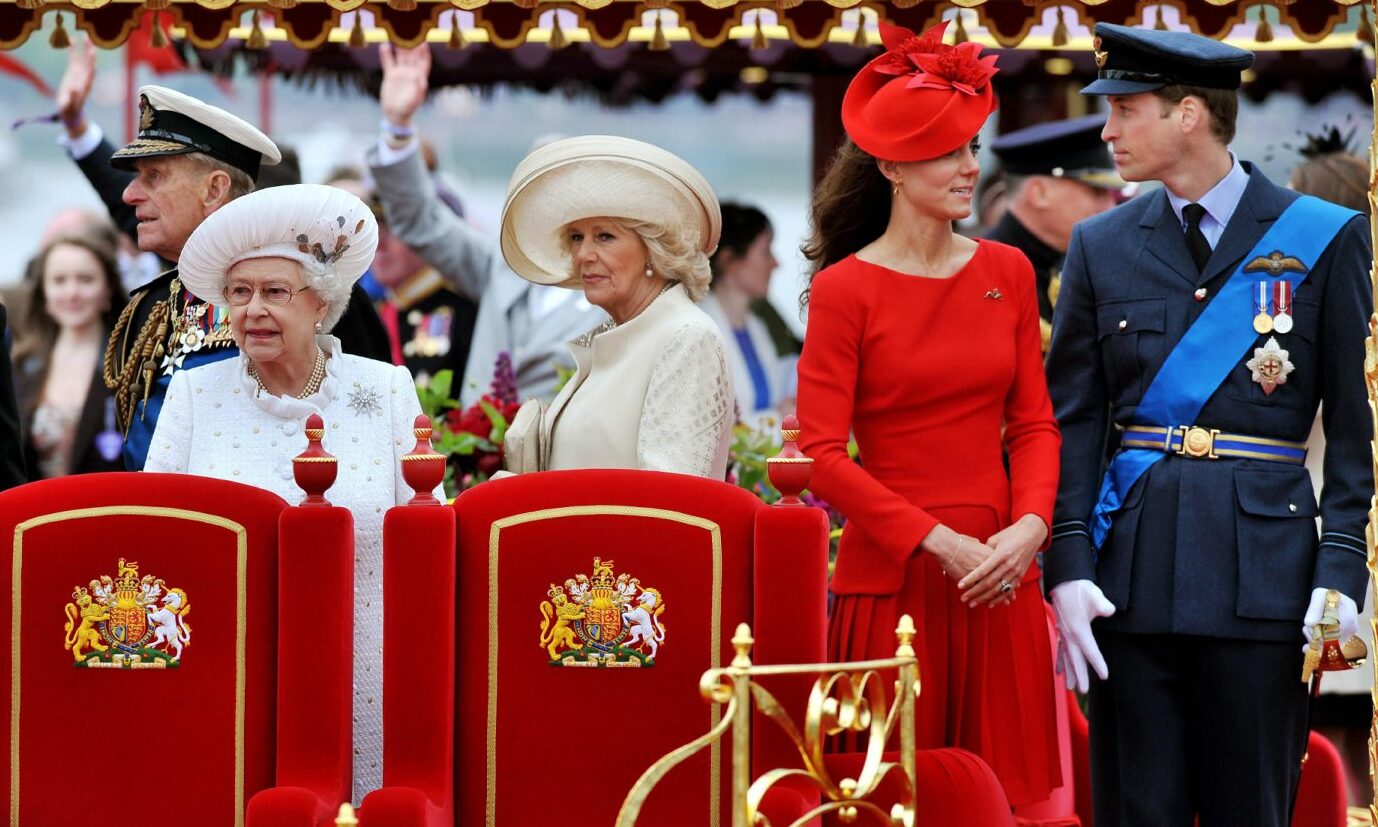
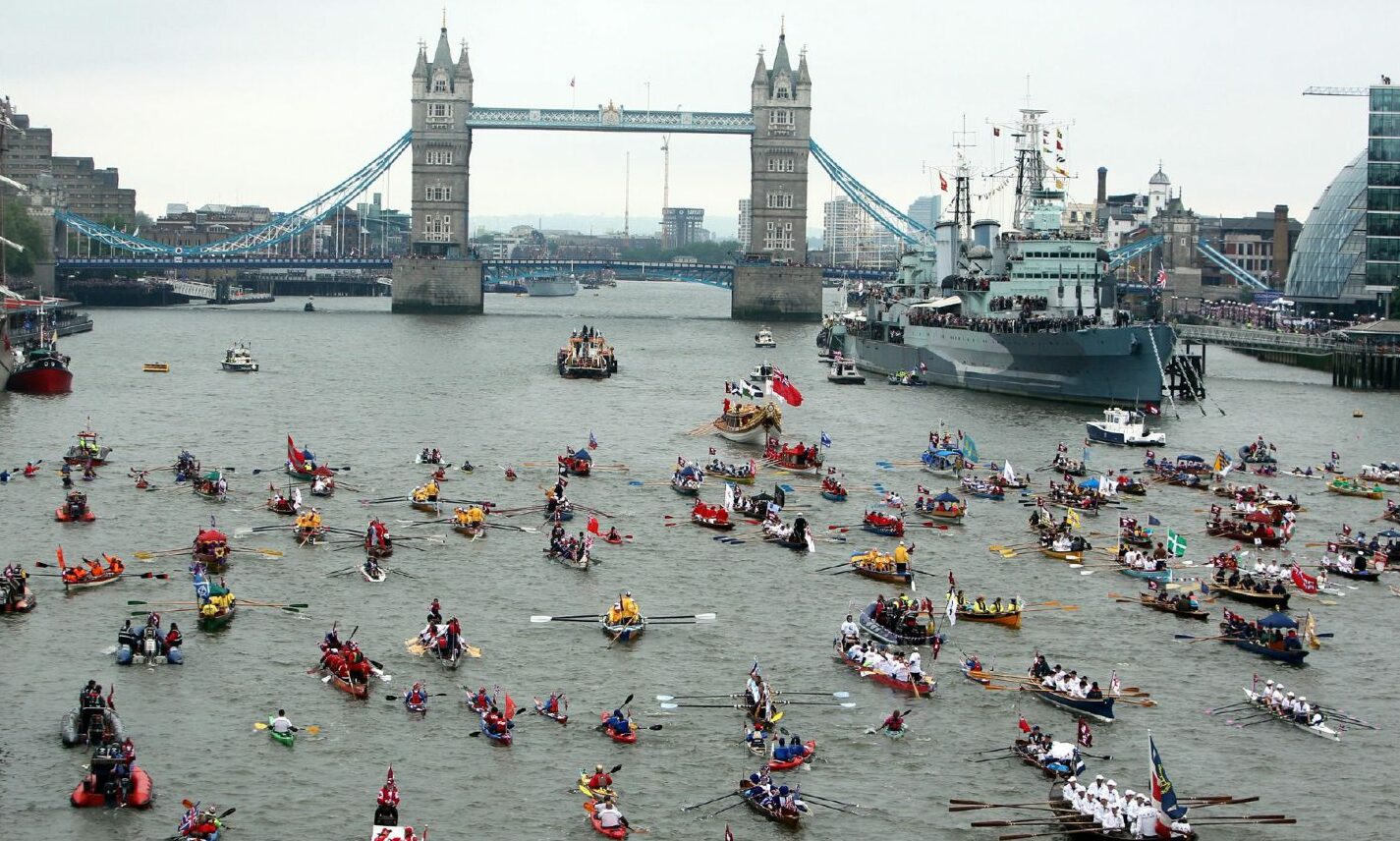
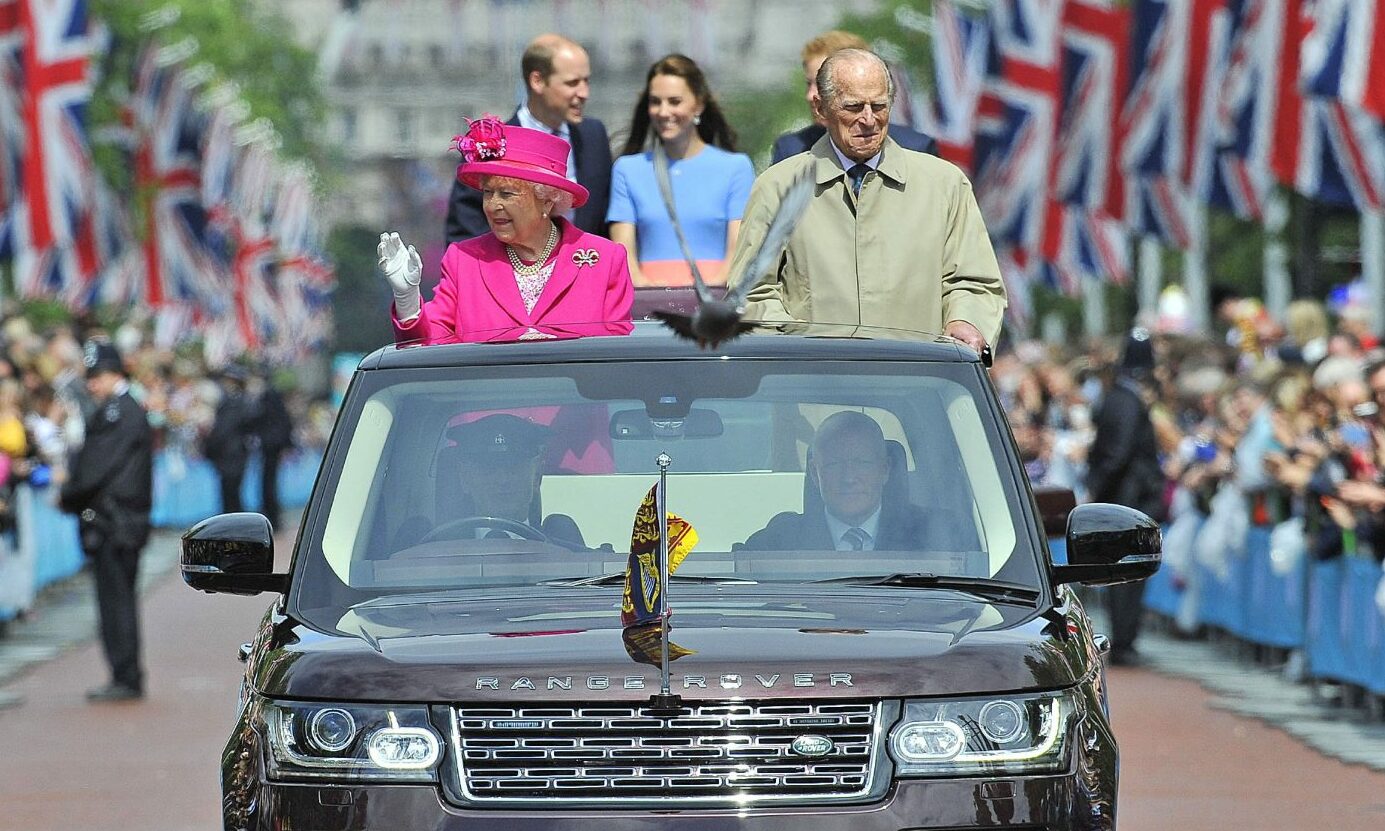
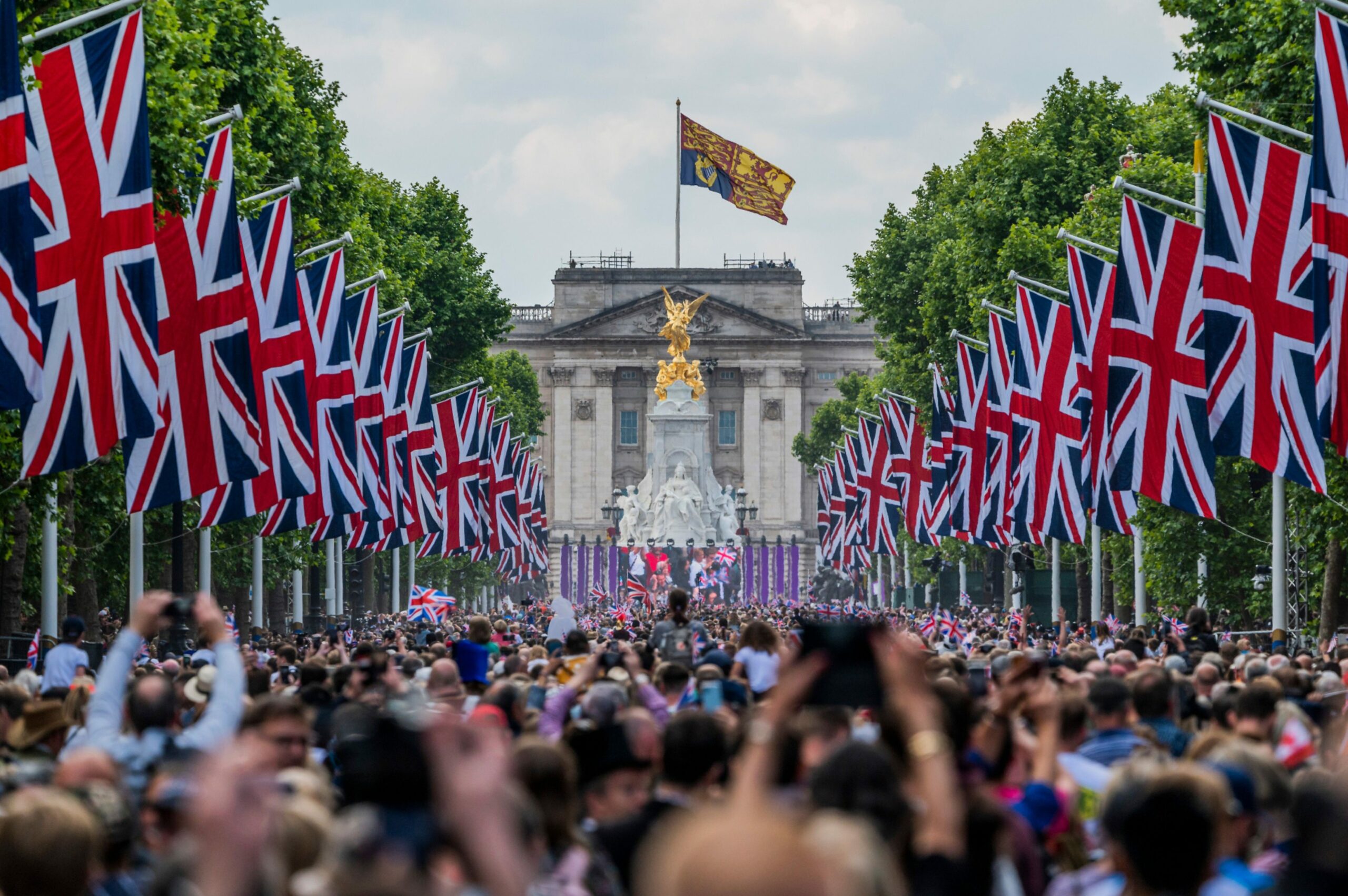

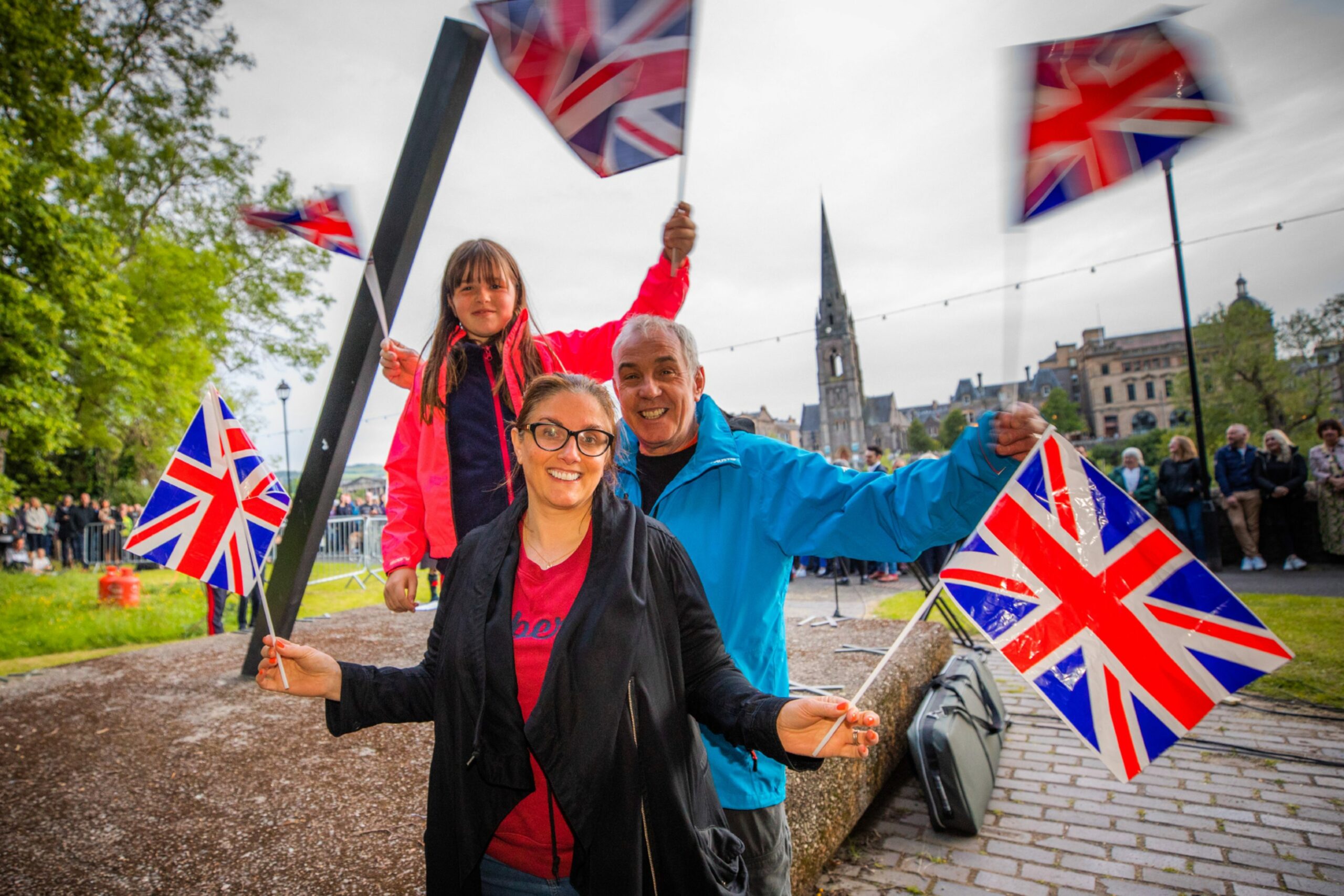
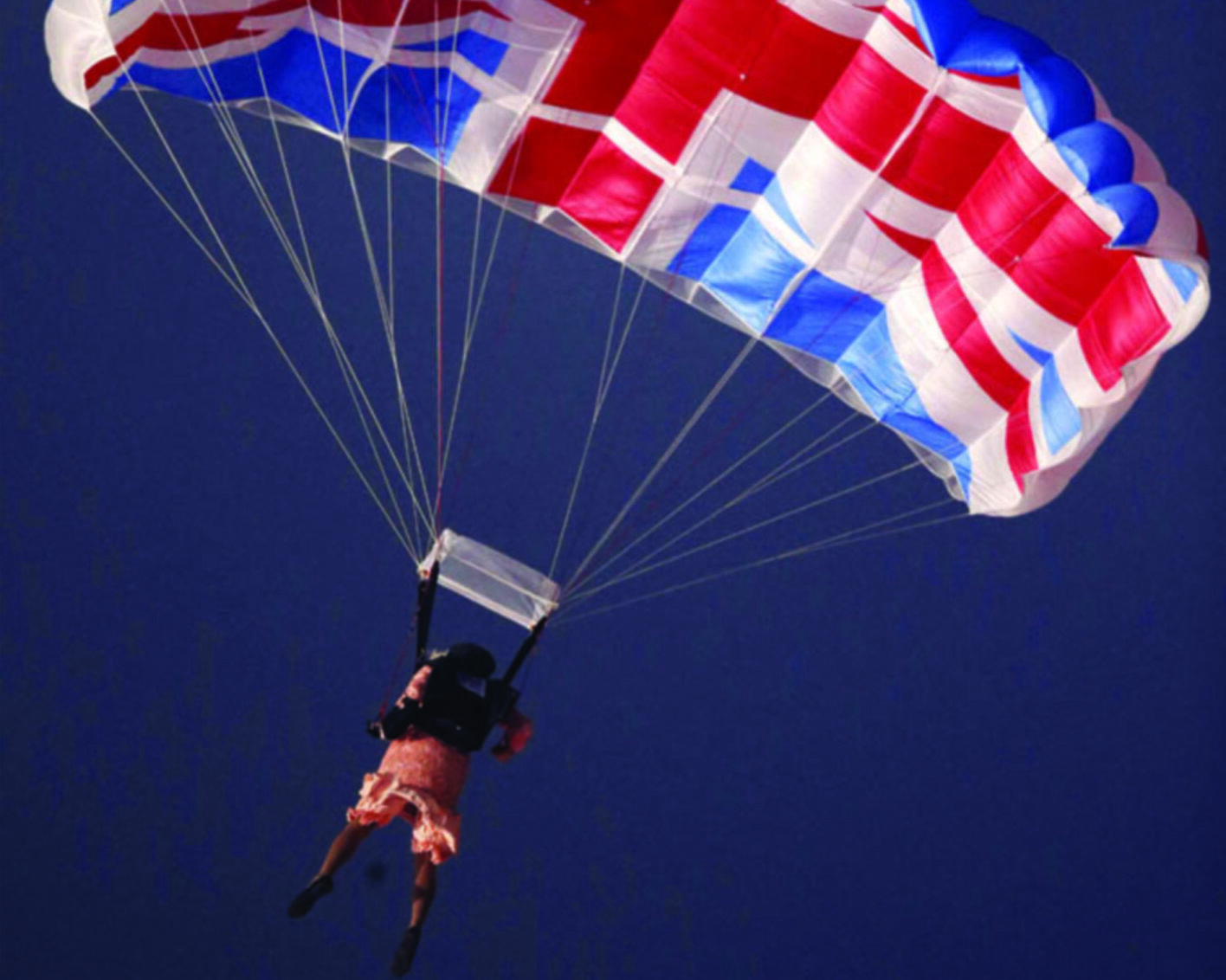
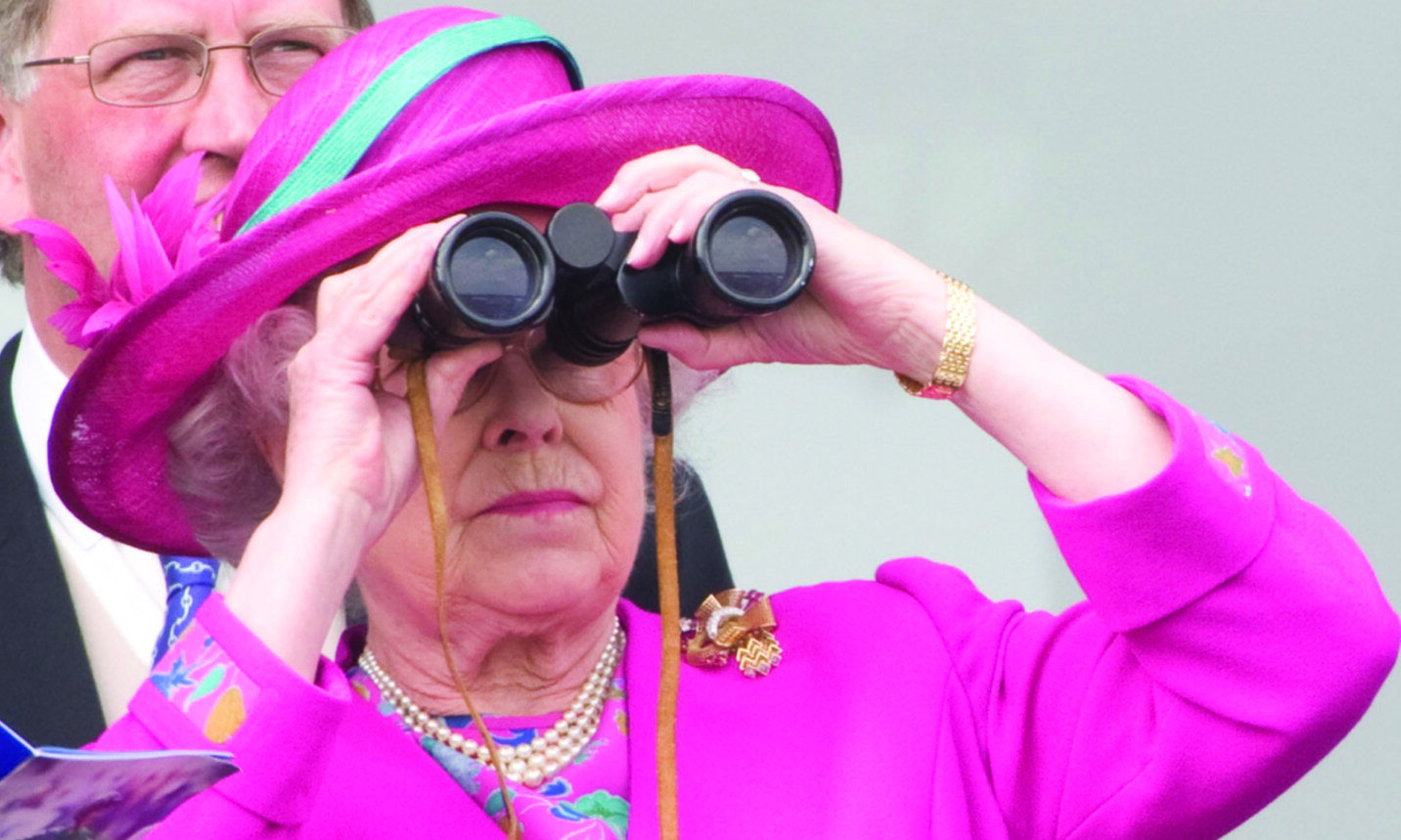



Conversation